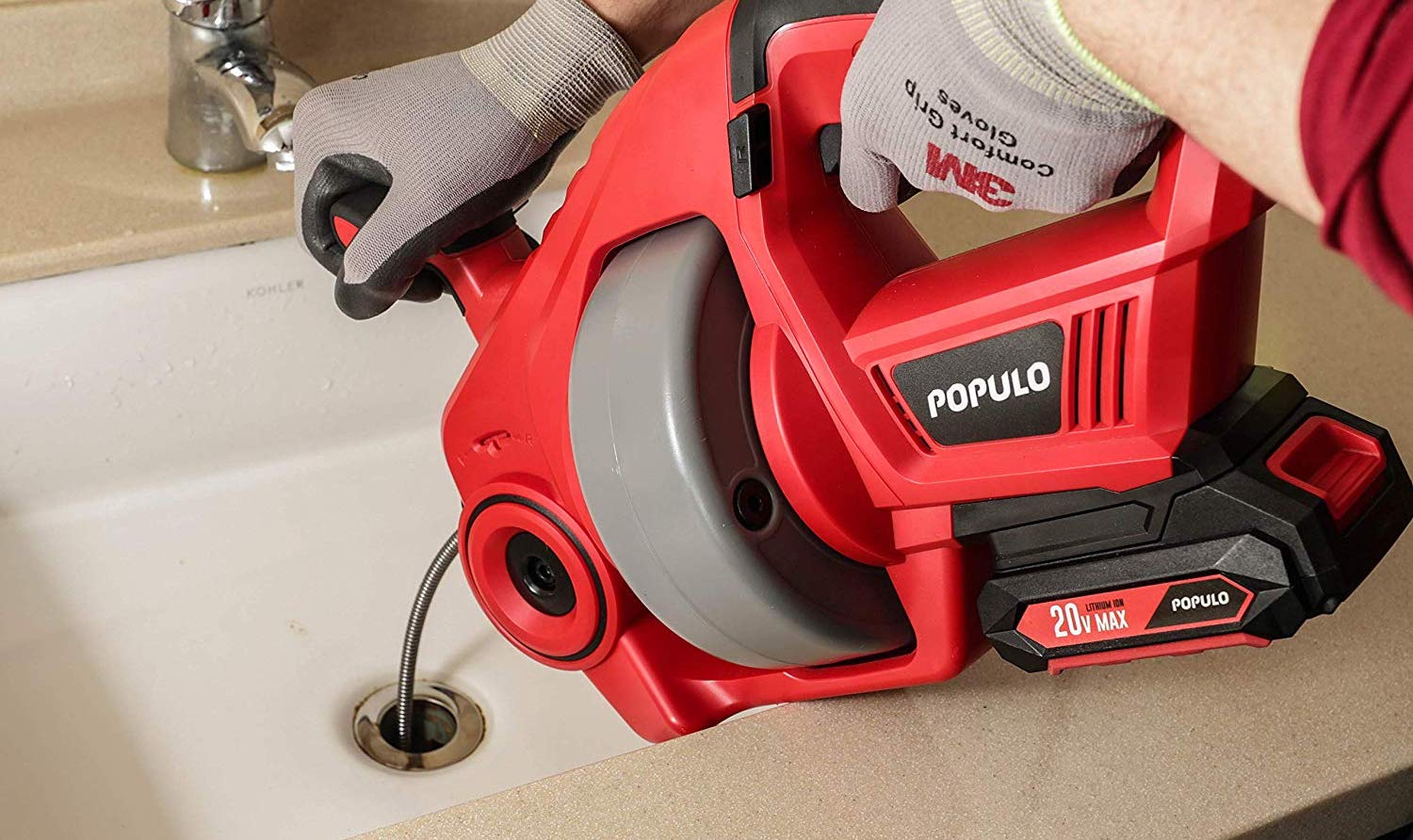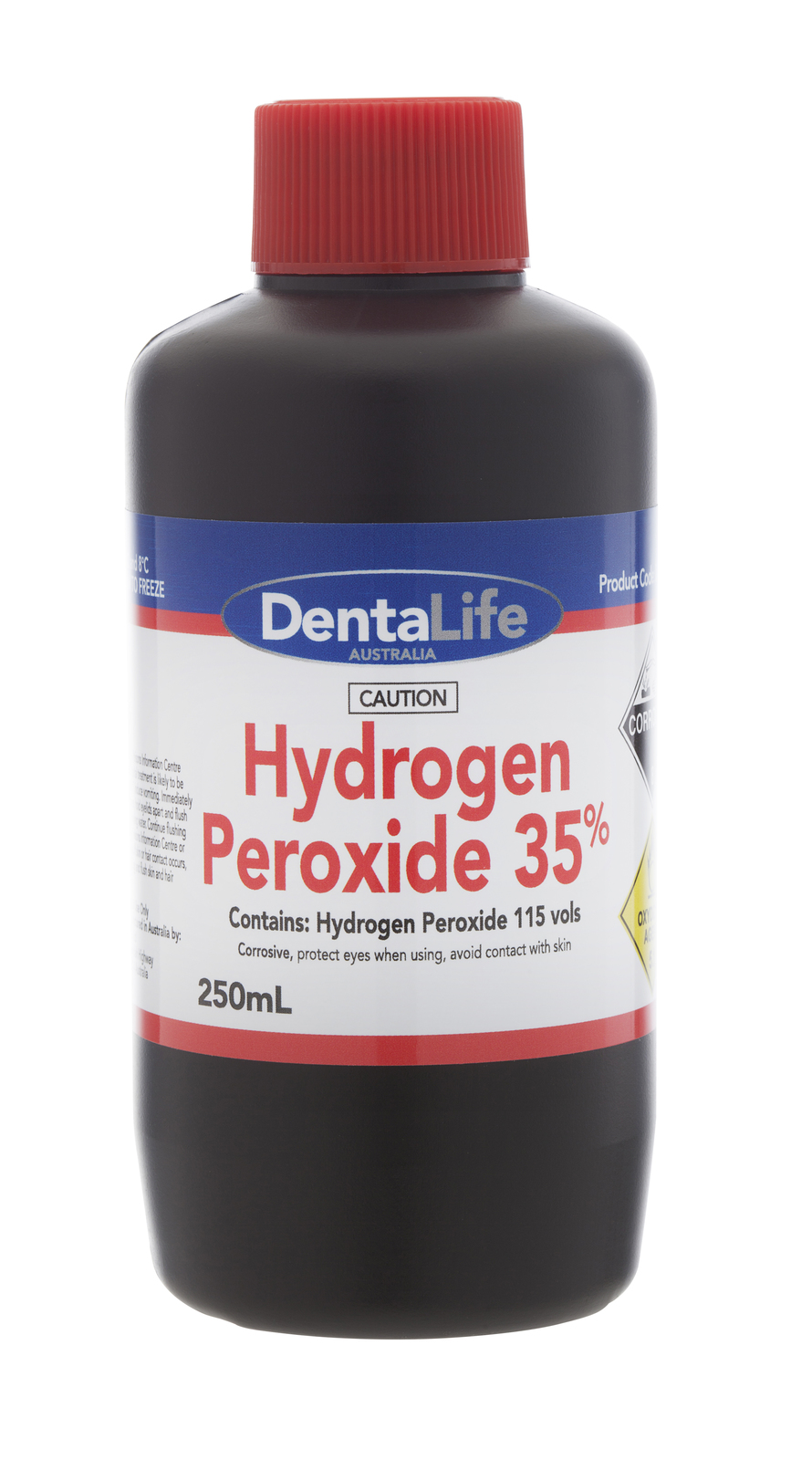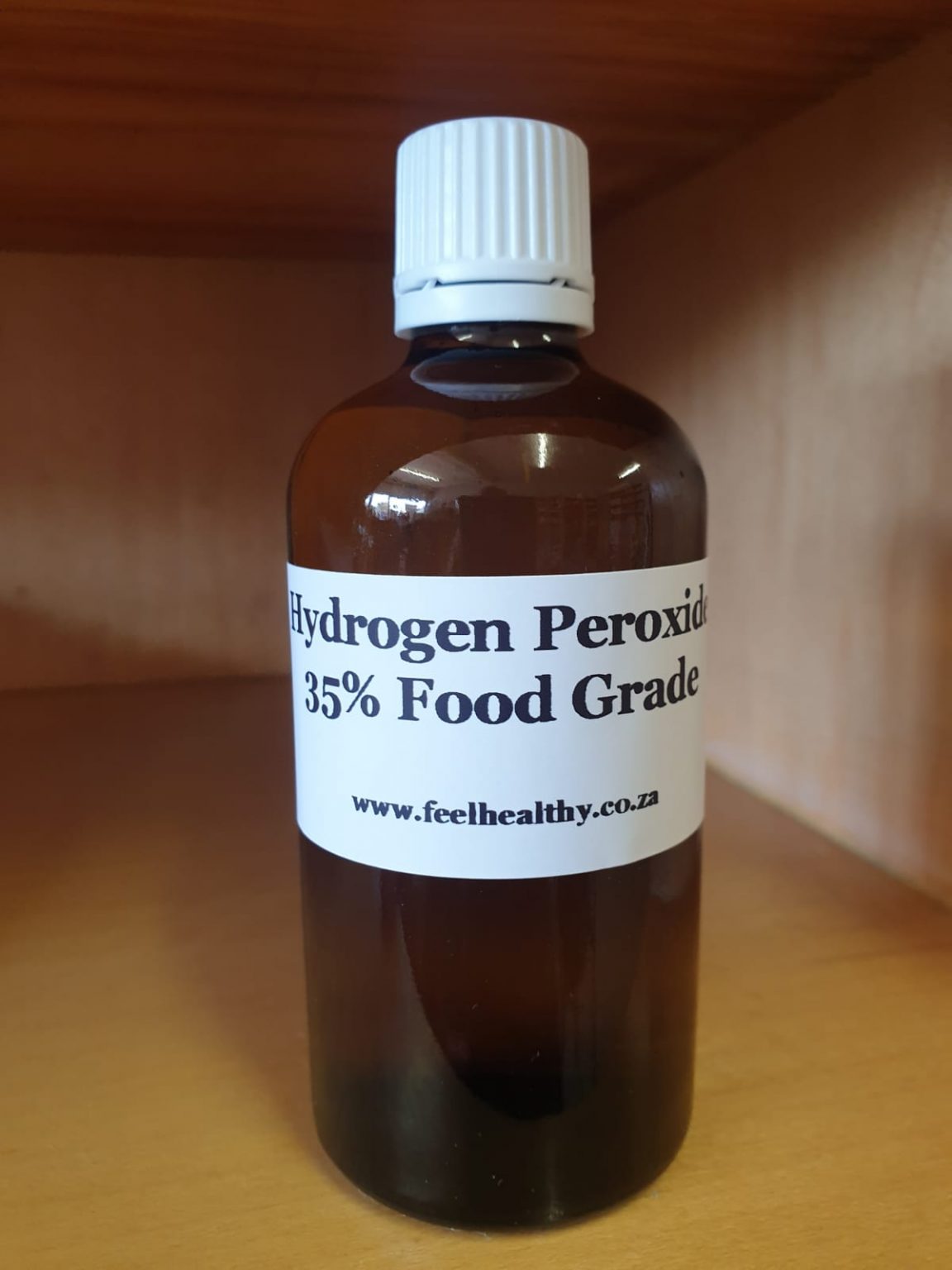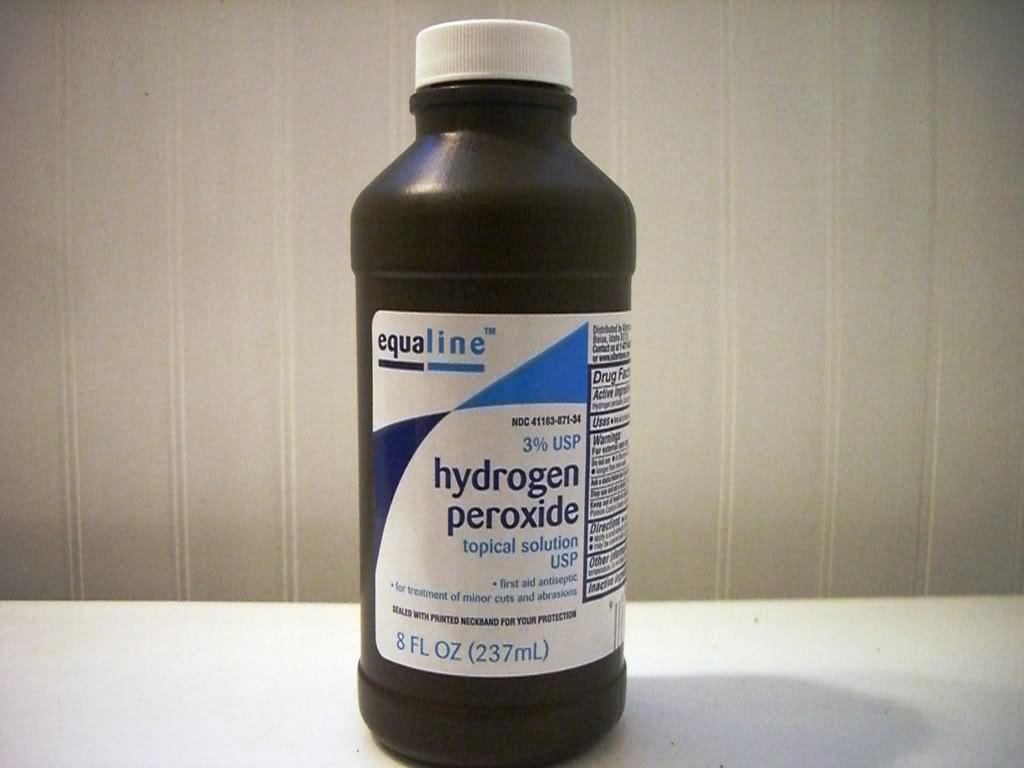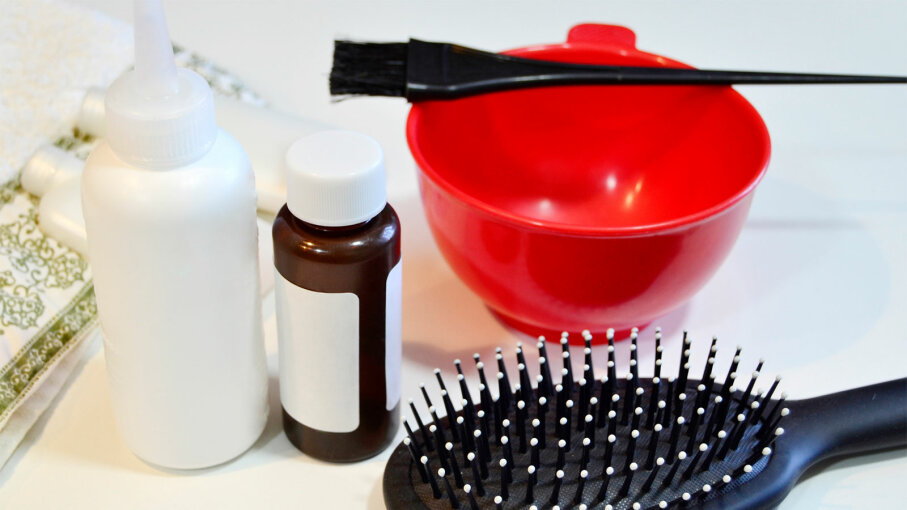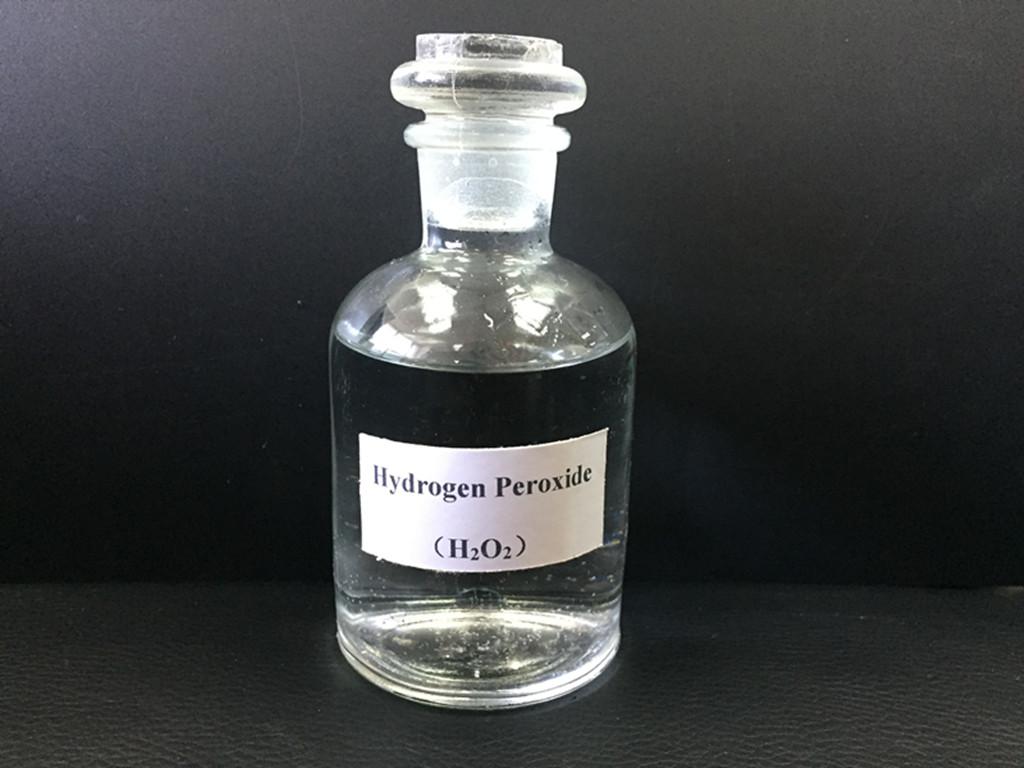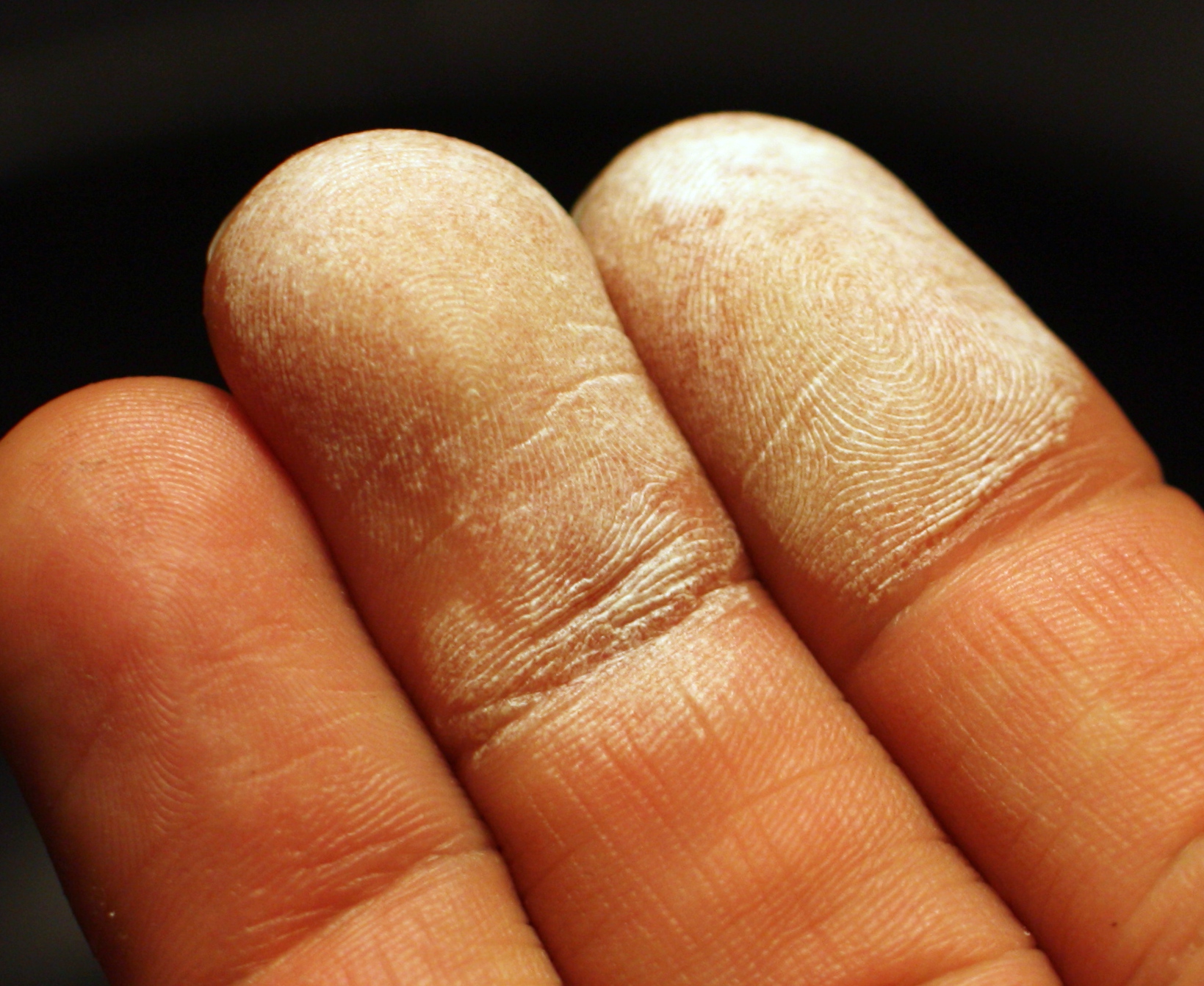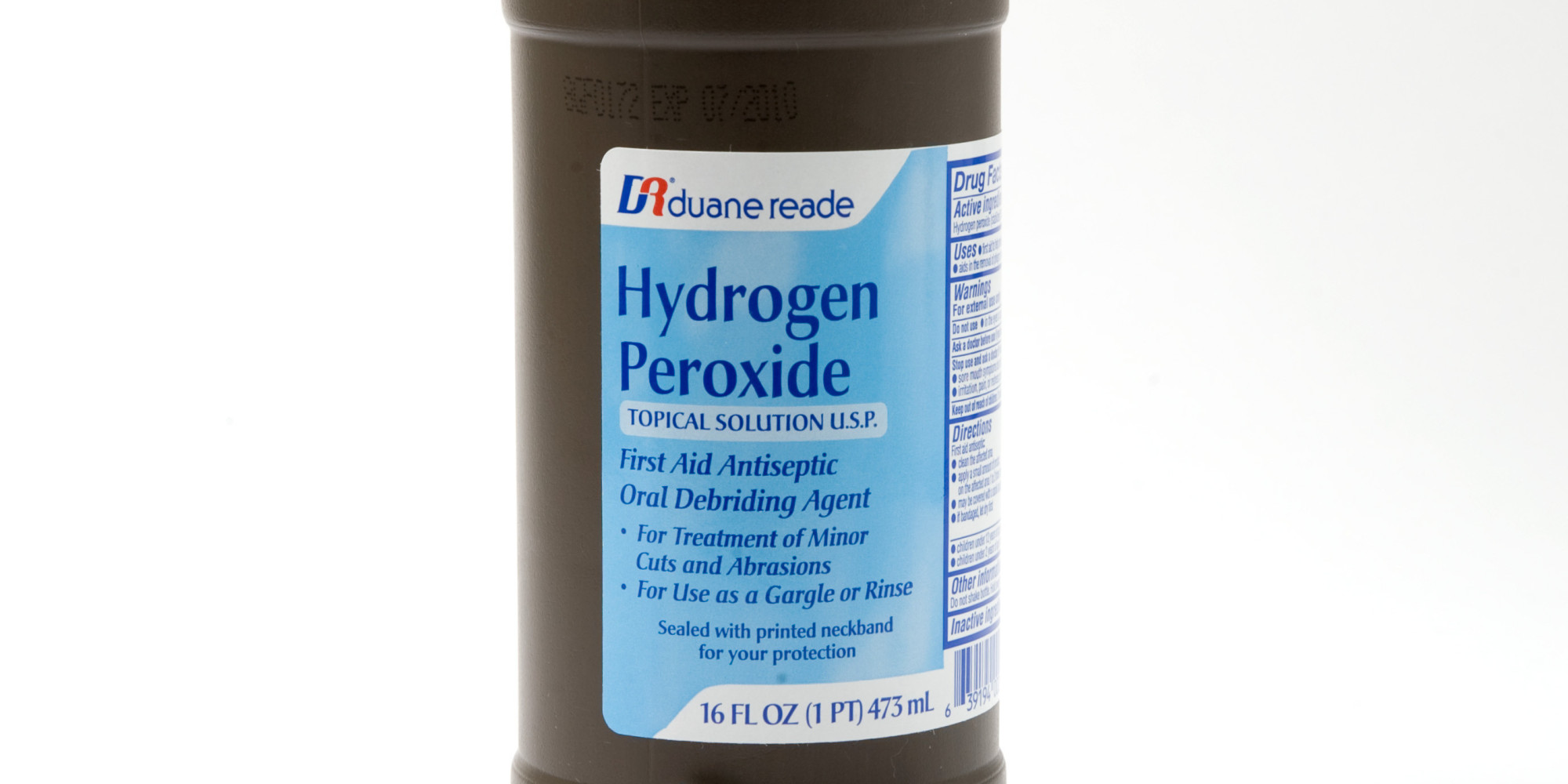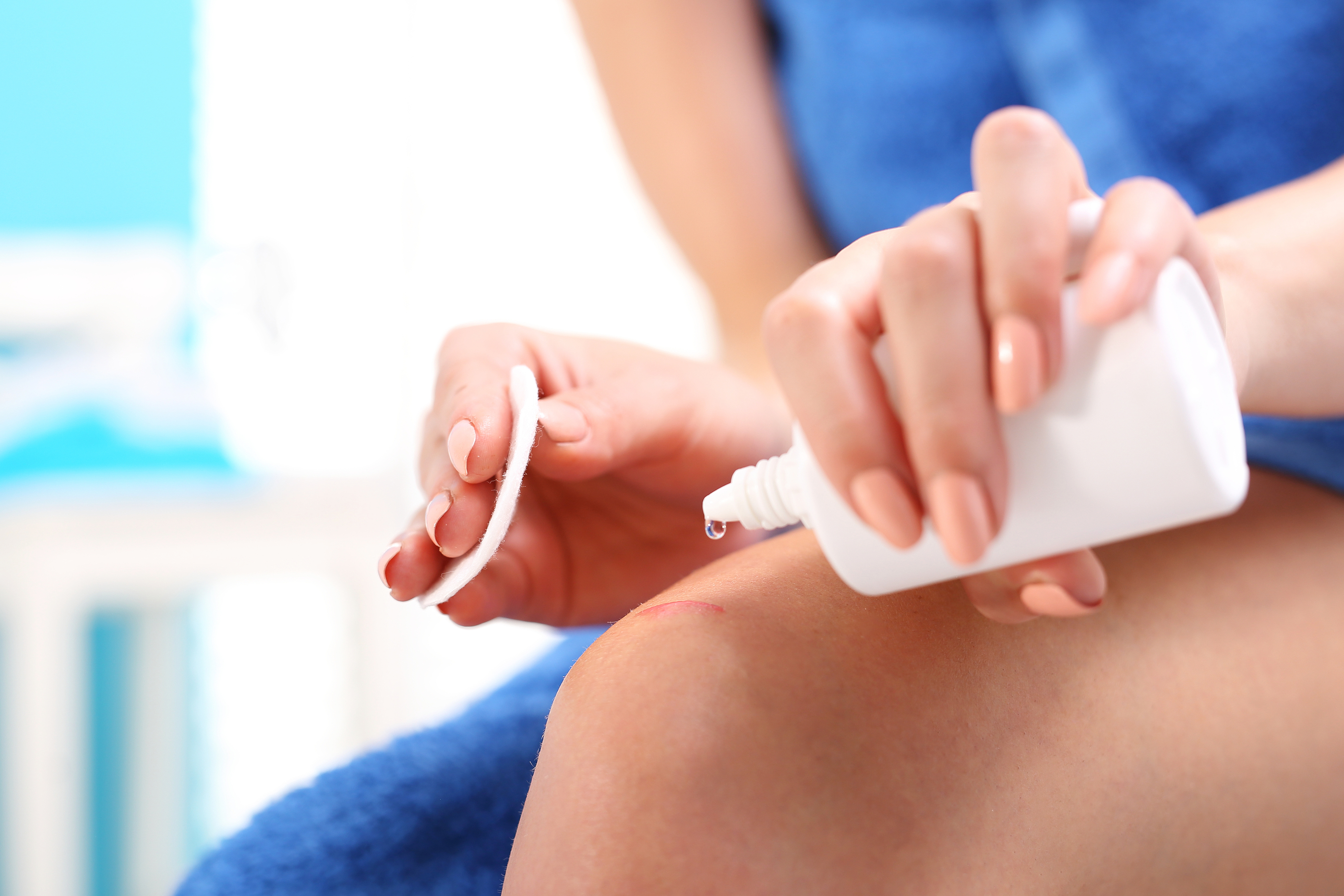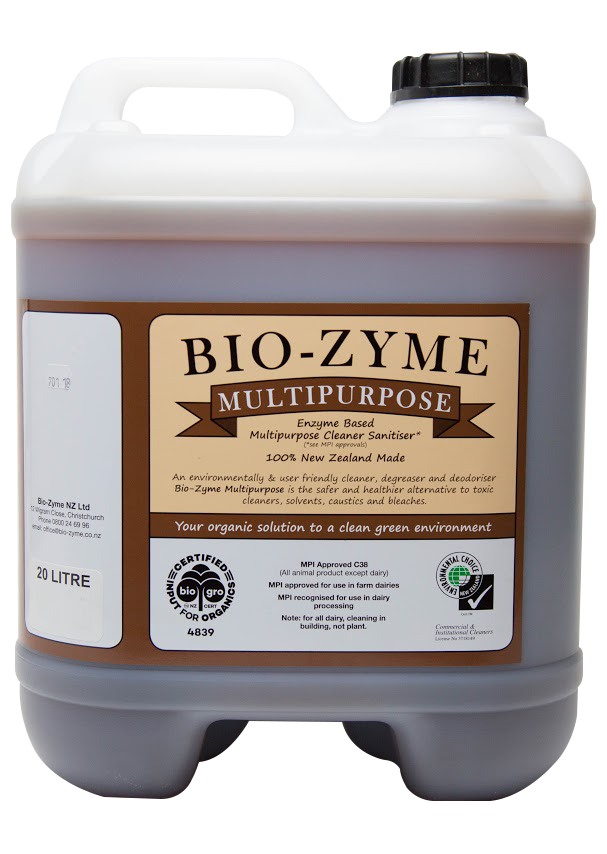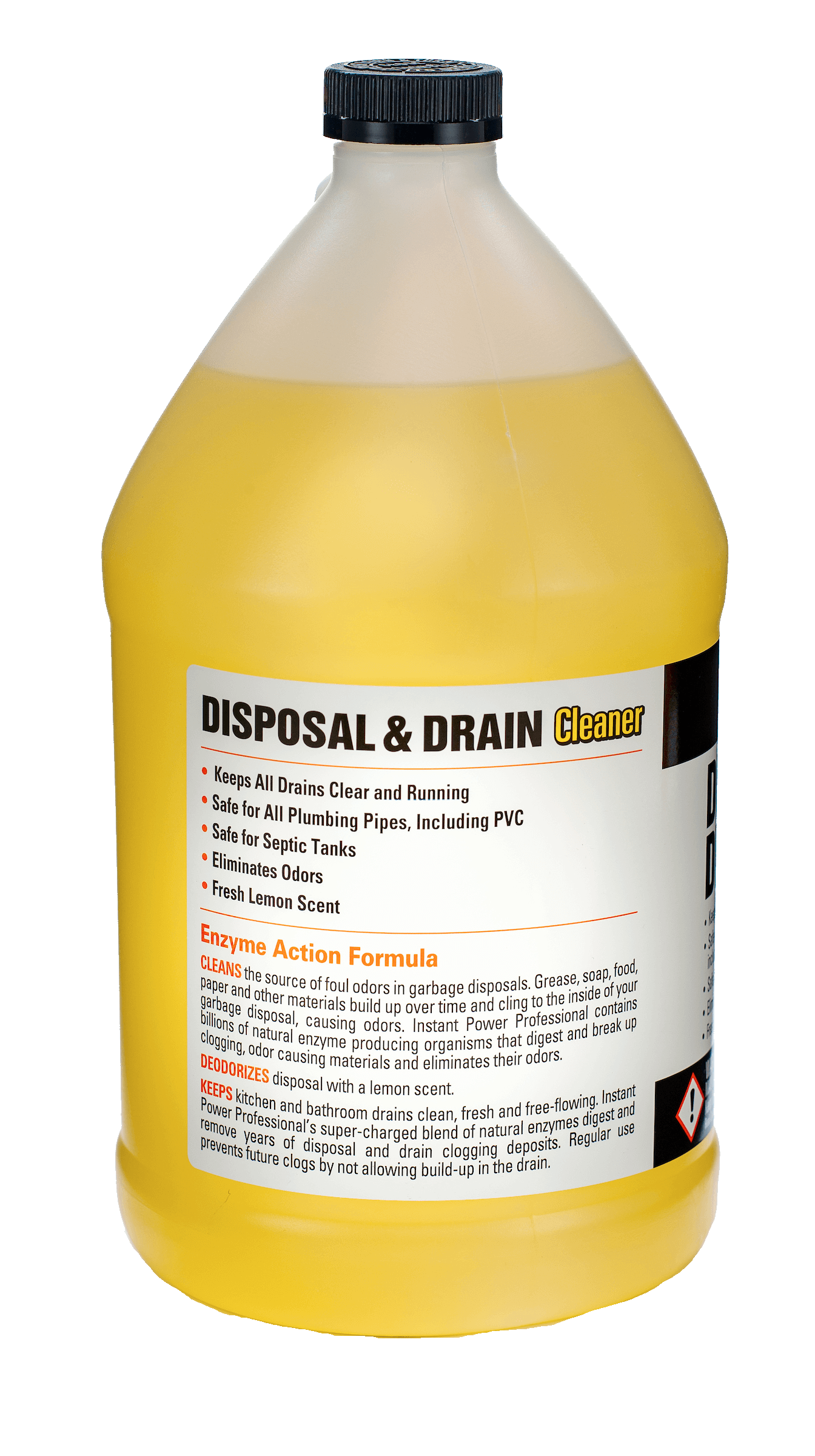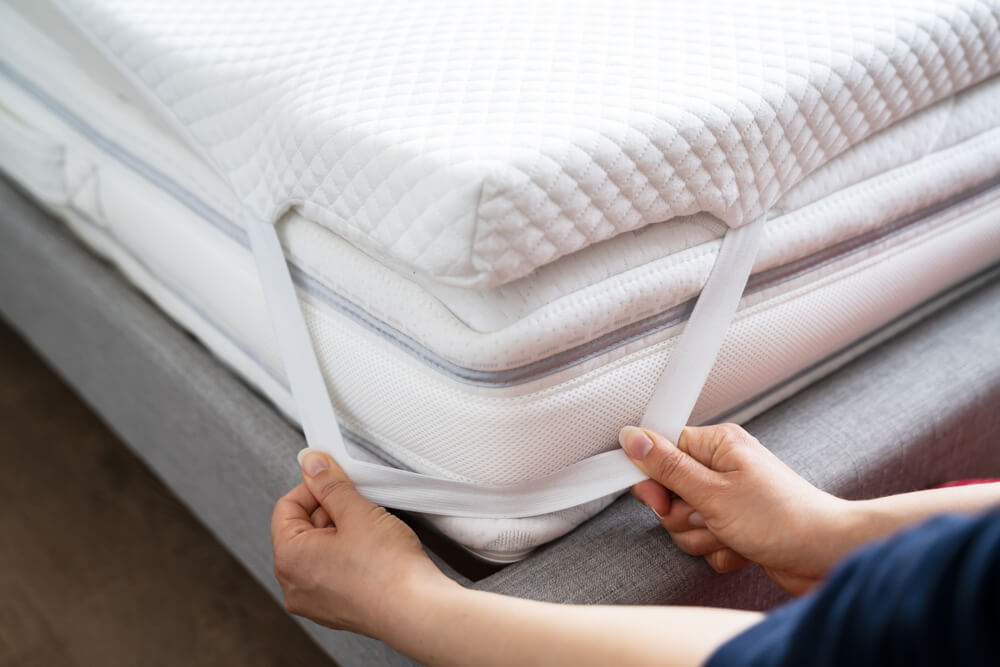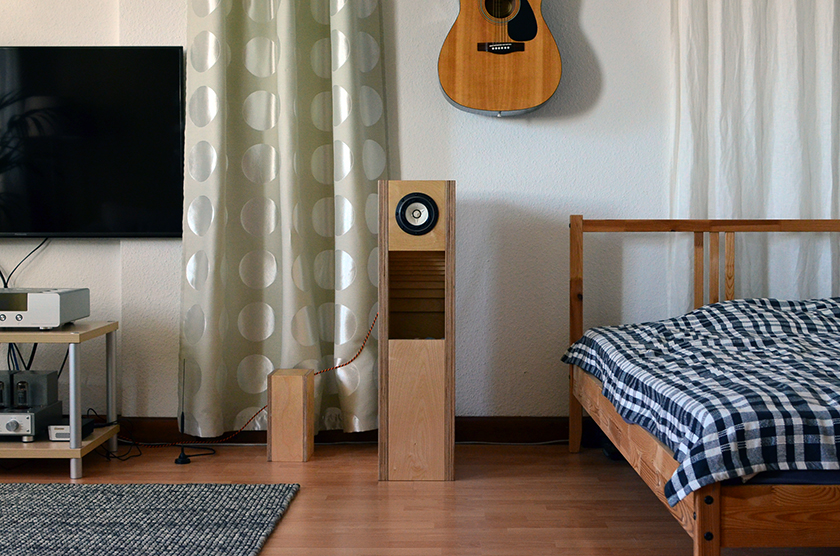Vinegar and Baking Soda
If you're looking for a natural and effective way to unclog your bathroom sink, look no further than your kitchen pantry. Vinegar and baking soda are a powerful duo when it comes to removing stubborn clogs.
To begin, remove any standing water from the sink and pour one cup of baking soda down the drain. Follow this with one cup of vinegar and immediately cover the drain with a cloth or stopper to prevent the mixture from escaping. Let the solution sit for about 30 minutes before flushing it with hot water.
This method works because the combination of baking soda and vinegar creates a chemical reaction that produces carbon dioxide gas, which helps to break down and loosen the clog. It's also a non-toxic and eco-friendly option for unclogging your sink.
Plunger
A plunger is a classic tool for unclogging a bathroom sink and is often the go-to method for many homeowners. This simple yet effective tool works by creating suction and pressure to dislodge the clog.
To use a plunger, fill the sink with enough water to cover the rubber part of the plunger. Place the plunger over the drain and push down and pull up rapidly to create a suction effect. Continue doing this for a few minutes until the water starts to drain. If the clog is stubborn, try adding some petroleum jelly to the rim of the plunger to create a better seal.
Keep in mind that a plunger is best used for clogs near the surface, so if you have a deeper clog, you may need to try another method.
Boiling Water
Another simple yet effective way to unclog your bathroom sink is by using boiling water. This method is especially useful for removing clogs caused by soap scum or grease.
To use this method, bring a pot of water to a boil and carefully pour it down the drain in two to three stages, allowing the water to work its way through the clog before adding more. Be careful not to splash yourself with the hot water. If the clog is still present after the first attempt, try adding a few tablespoons of dish soap to the boiling water for extra cleaning power.
Wire Hanger
If you don't have a plunger on hand, a wire hanger can be a useful alternative for unclogging your bathroom sink. This method is best for removing hair clogs near the surface.
To use a wire hanger, straighten it out and bend one end into a hook shape. Insert the hooked end into the drain and begin fishing for the clog. Once you've hooked the clog, pull it out and dispose of it. You may need to repeat this process a few times to fully remove the clog.
Wet and Dry Vacuum
If you have a wet and dry vacuum, it can be a powerful tool for unclogging your bathroom sink. This method works best for deep clogs that are difficult to remove with a plunger or wire hanger.
To use this method, remove any standing water from the sink and place the vacuum's nozzle over the drain. Turn on the vacuum and create a tight seal by covering any overflow holes or extra drains. The powerful suction should be able to remove the clog and any remaining debris. If the clog is still present, you may need to try a different method.
Dish Soap
As mentioned earlier, adding dish soap to boiling water can help to break down and remove stubborn clogs. However, dish soap can also be used on its own to unclog your bathroom sink.
To use this method, remove any standing water from the sink and squirt a generous amount of dish soap down the drain. Follow this with hot water and let it sit for a few minutes. The soap should help to loosen the clog, making it easier to remove with a plunger or other tool.
Salt and Baking Soda
Similar to the first method mentioned, using a combination of salt and baking soda can also be an effective way to unclog your bathroom sink. This method is best for removing clogs caused by a buildup of debris.
To use this method, mix equal parts salt and baking soda and pour it down the drain. Follow this with a cup of hot water and let it sit for about 15 minutes. Finish by flushing the drain with hot water. The abrasive nature of salt and baking soda can help to break down and remove any debris causing the clog.
Drain Snake
If you have a stubborn clog that can't be removed with any of the above methods, a drain snake may be your best option. This tool is designed to reach deep into your pipes and remove clogs that are out of reach for other tools.
To use a drain snake, insert the end with the small hook into the drain and begin turning the handle. Keep feeding the snake into the drain until you feel resistance, then twist and push to break up the clog. Once the clog is cleared, pull the snake out and run hot water to flush out any remaining debris.
Hydrogen Peroxide
For a more powerful solution, you can also use hydrogen peroxide to unclog your bathroom sink. This method is best for removing clogs caused by hair or grease.
To use this method, mix equal parts hydrogen peroxide and hot water and pour it down the drain. Let it sit for about 30 minutes before flushing with hot water. The hydrogen peroxide will help to dissolve the clog and remove any buildup in your pipes.
Enzyme-based Drain Cleaner
If all else fails, you can try using an enzyme-based drain cleaner to unclog your bathroom sink. These cleaners use natural enzymes to break down and remove clogs, making them a safe and effective option for your pipes.
To use this method, follow the instructions on the cleaner's label and pour it down the drain. Let it sit for the recommended amount of time before flushing with hot water. Keep in mind that enzyme-based drain cleaners may take longer to work, so be patient and avoid using other methods while waiting for the cleaner to do its job.
Why You Shouldn't Use Chemical Drain Cleaners

Harmful Chemicals
 One of the most common solutions for a clogged bathroom sink is to reach for a bottle of chemical drain cleaner. These products promise quick and easy results, but they often do more harm than good.
Chemical drain cleaners are made up of harsh and toxic chemicals
that can not only damage your pipes, but also pose a threat to your health and the environment. These chemicals can corrode your pipes, leading to costly repairs, and can also release harmful fumes into the air. In addition, they can contaminate the water supply and harm aquatic life.
So before you reach for that bottle, consider using a more natural and eco-friendly solution to unclog your sink.
One of the most common solutions for a clogged bathroom sink is to reach for a bottle of chemical drain cleaner. These products promise quick and easy results, but they often do more harm than good.
Chemical drain cleaners are made up of harsh and toxic chemicals
that can not only damage your pipes, but also pose a threat to your health and the environment. These chemicals can corrode your pipes, leading to costly repairs, and can also release harmful fumes into the air. In addition, they can contaminate the water supply and harm aquatic life.
So before you reach for that bottle, consider using a more natural and eco-friendly solution to unclog your sink.
Alternative Solutions
 Fortunately, there are several
safe and effective alternative solutions
to unclogging your bathroom sink that won't harm you or the environment. One option is using a plunger to dislodge the blockage. Simply place the plunger over the drain and push up and down vigorously to create suction. This can help to break up and remove the clog. Another method is to use a mix of baking soda and vinegar.
Mix equal parts of baking soda and vinegar and pour it down the drain, followed by hot water.
The chemical reaction will help to dissolve the clog. You can also try using a drain snake, a long flexible tool that can reach deep into the pipes to remove the blockage.
Fortunately, there are several
safe and effective alternative solutions
to unclogging your bathroom sink that won't harm you or the environment. One option is using a plunger to dislodge the blockage. Simply place the plunger over the drain and push up and down vigorously to create suction. This can help to break up and remove the clog. Another method is to use a mix of baking soda and vinegar.
Mix equal parts of baking soda and vinegar and pour it down the drain, followed by hot water.
The chemical reaction will help to dissolve the clog. You can also try using a drain snake, a long flexible tool that can reach deep into the pipes to remove the blockage.
Preventative Measures
 Prevention is always better than a cure, and
there are some easy steps you can take to prevent clogs in your bathroom sink.
Make sure to
avoid pouring oil, grease, and food scraps down the drain
as these can harden and cause blockages. Use a drain strainer to catch any hair or debris before it goes down the drain. Regularly cleaning your sink and pipes with a mixture of baking soda and vinegar can also help prevent buildup. Additionally,
avoid using chemical products that claim to "clean" your pipes
as they can actually cause more harm than good.
In conclusion,
avoid using chemical drain cleaners and opt for more natural and eco-friendly solutions instead
to unclog your bathroom sink. Not only will you save yourself from potential harm, but you will also be taking steps towards a cleaner and greener household. With these tips and tricks, you can keep your bathroom sink running smoothly and avoid costly repairs in the future.
Prevention is always better than a cure, and
there are some easy steps you can take to prevent clogs in your bathroom sink.
Make sure to
avoid pouring oil, grease, and food scraps down the drain
as these can harden and cause blockages. Use a drain strainer to catch any hair or debris before it goes down the drain. Regularly cleaning your sink and pipes with a mixture of baking soda and vinegar can also help prevent buildup. Additionally,
avoid using chemical products that claim to "clean" your pipes
as they can actually cause more harm than good.
In conclusion,
avoid using chemical drain cleaners and opt for more natural and eco-friendly solutions instead
to unclog your bathroom sink. Not only will you save yourself from potential harm, but you will also be taking steps towards a cleaner and greener household. With these tips and tricks, you can keep your bathroom sink running smoothly and avoid costly repairs in the future.
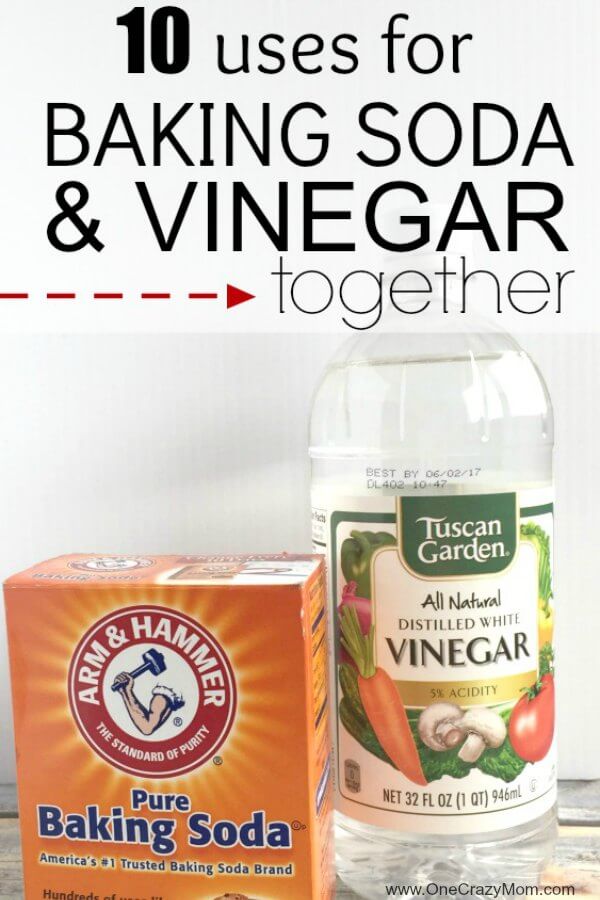
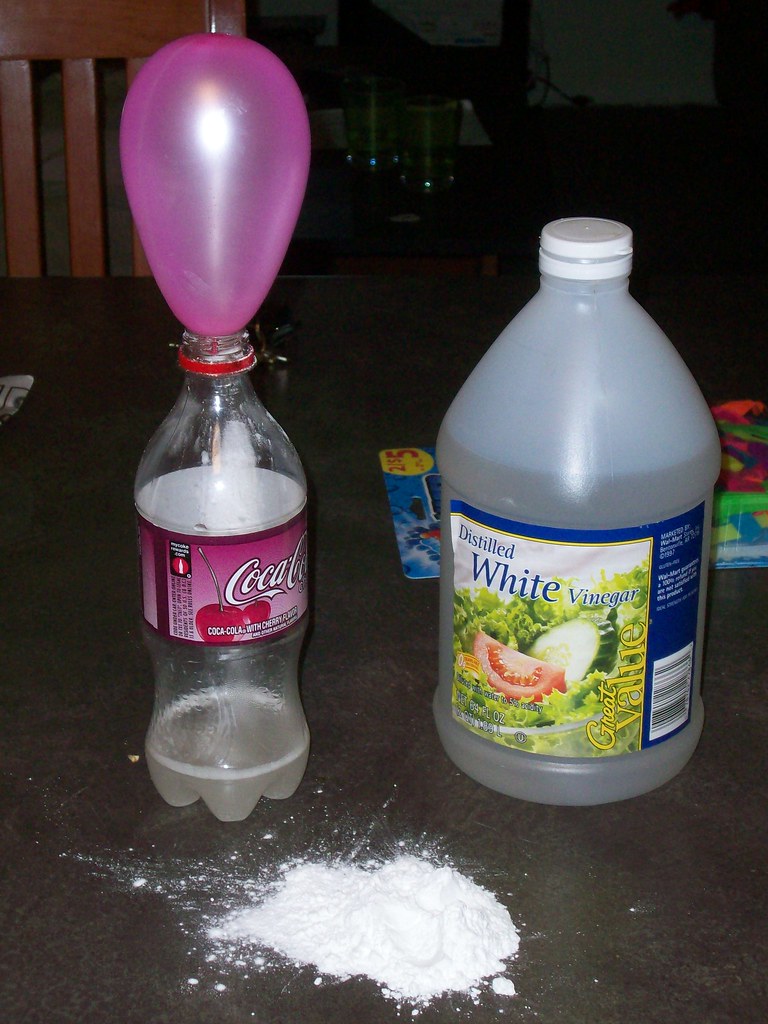
.jpg)


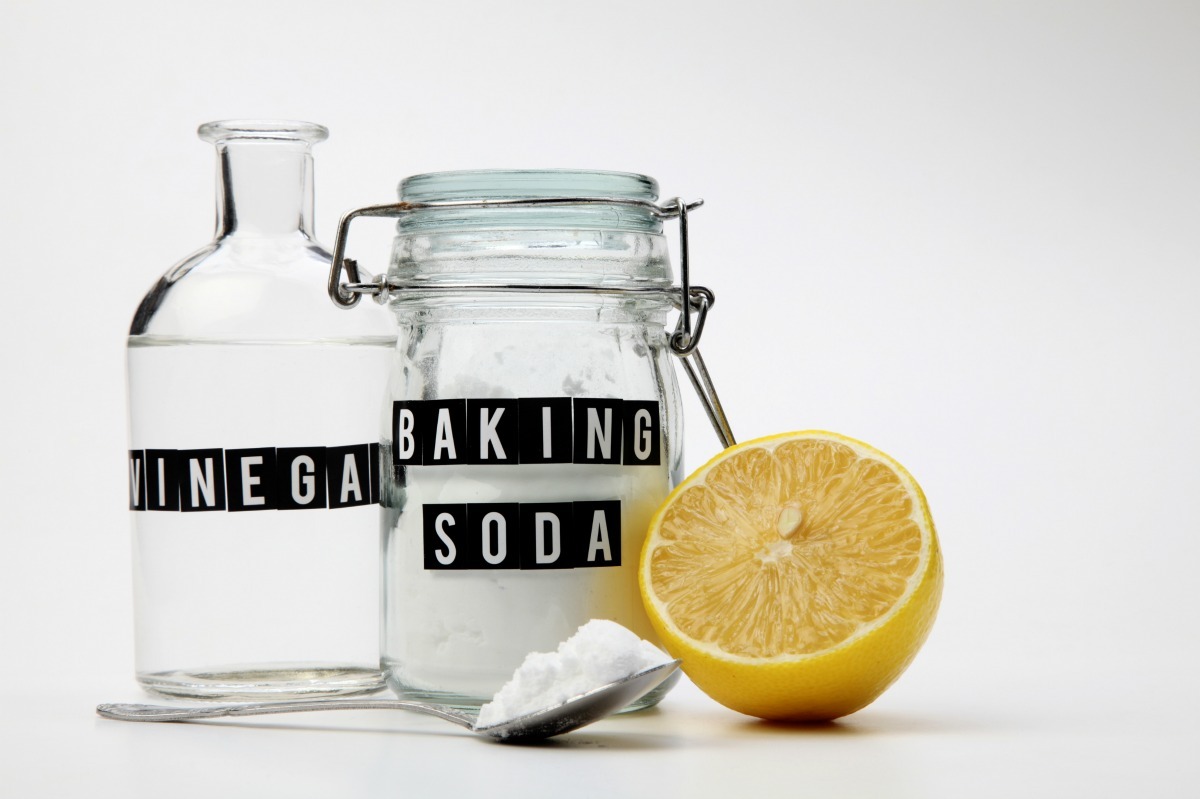



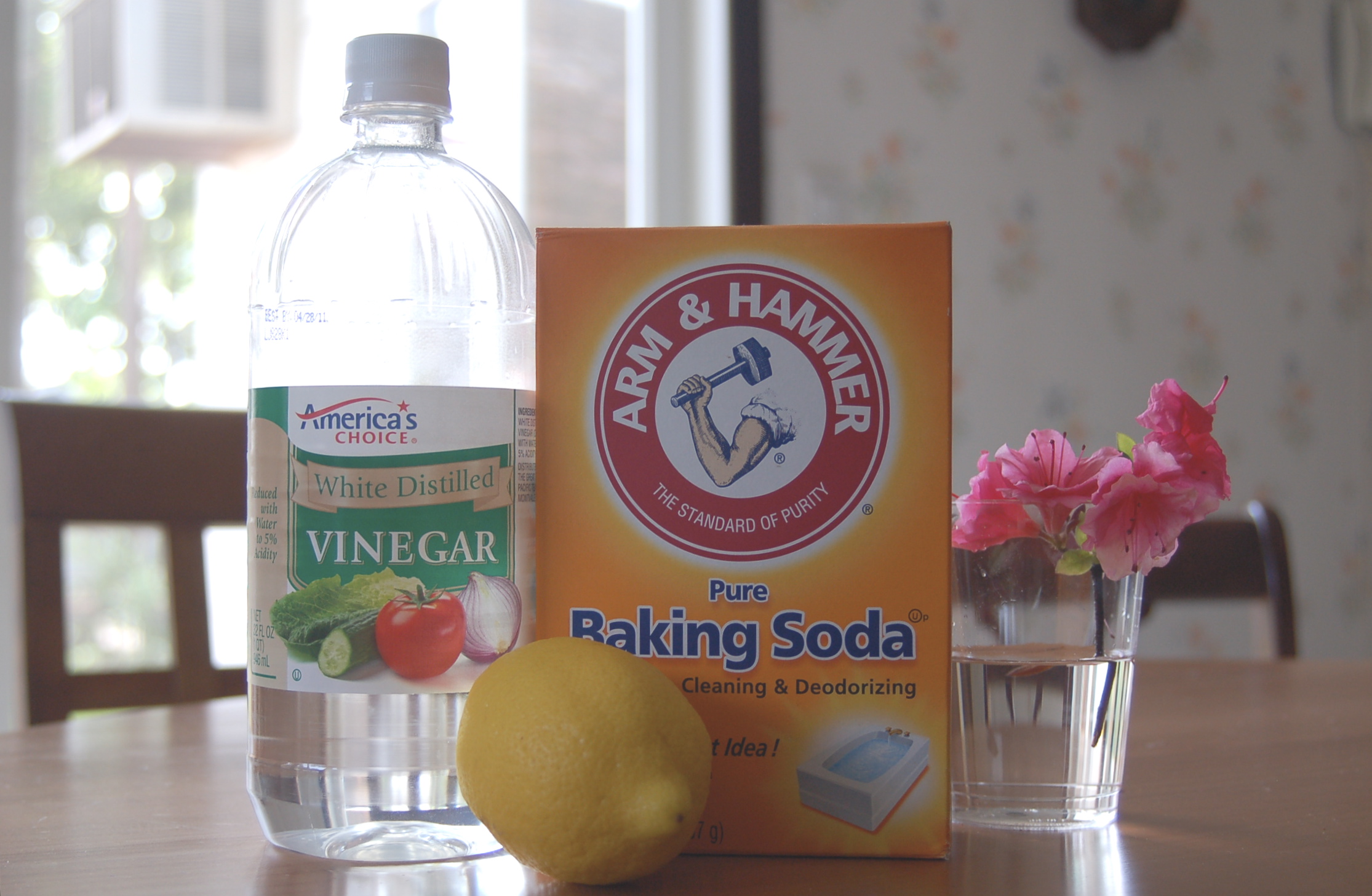
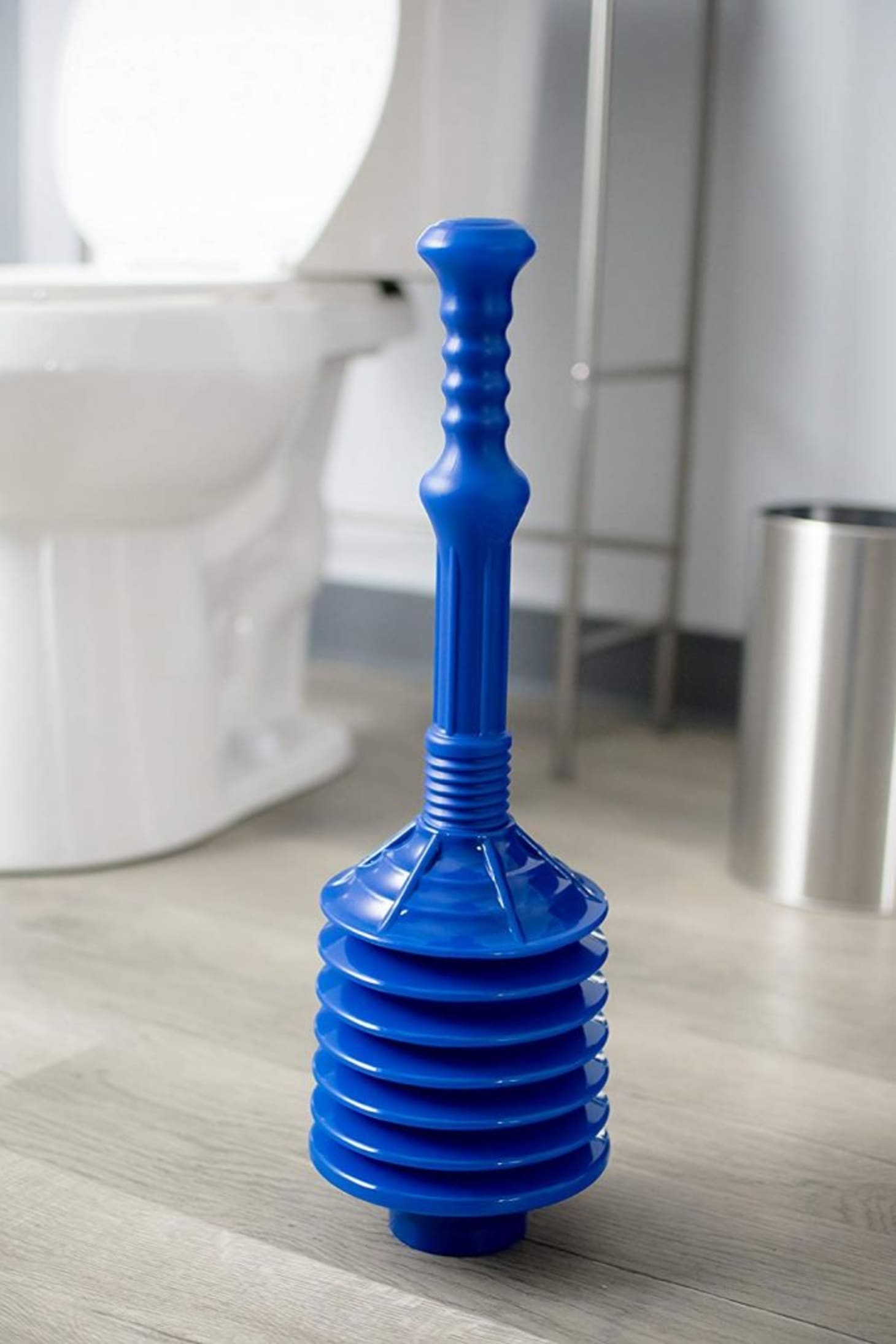
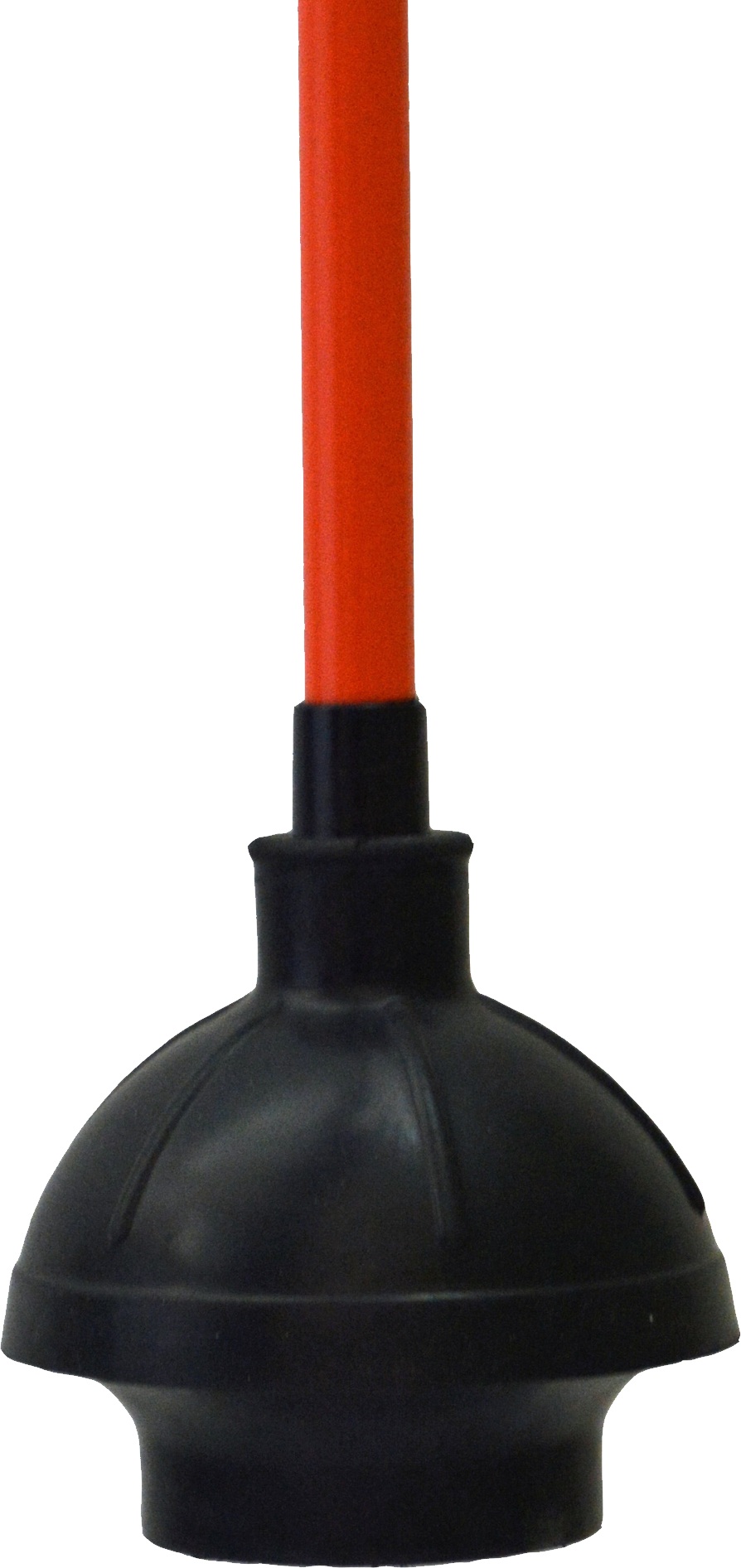

/GettyImages-173683465-58f822b83df78ca159d4543a.jpg)

:max_bytes(150000):strip_icc()/toilet-plunger-80708184-5797d8885f9b58461f591260.jpg)


:max_bytes(150000):strip_icc()/toilette-plunger--92314164-873564a34a3441058f00a8d6fc1f0441.jpg)
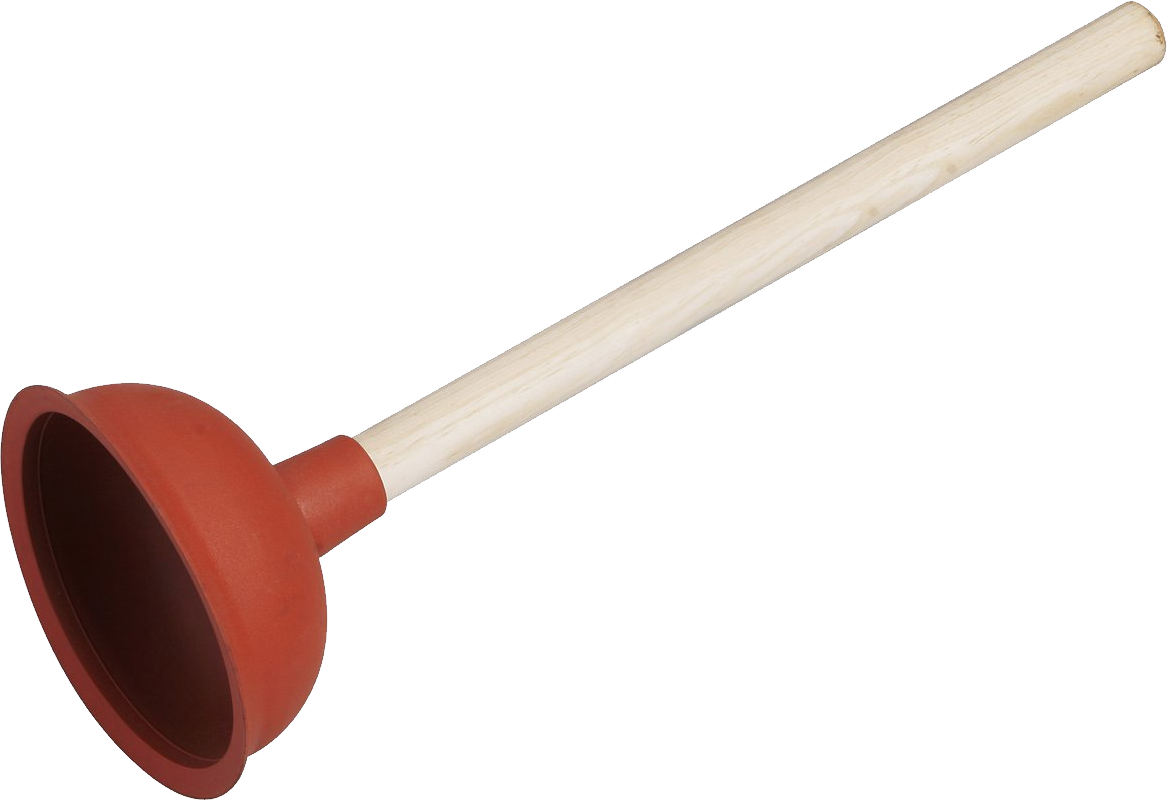




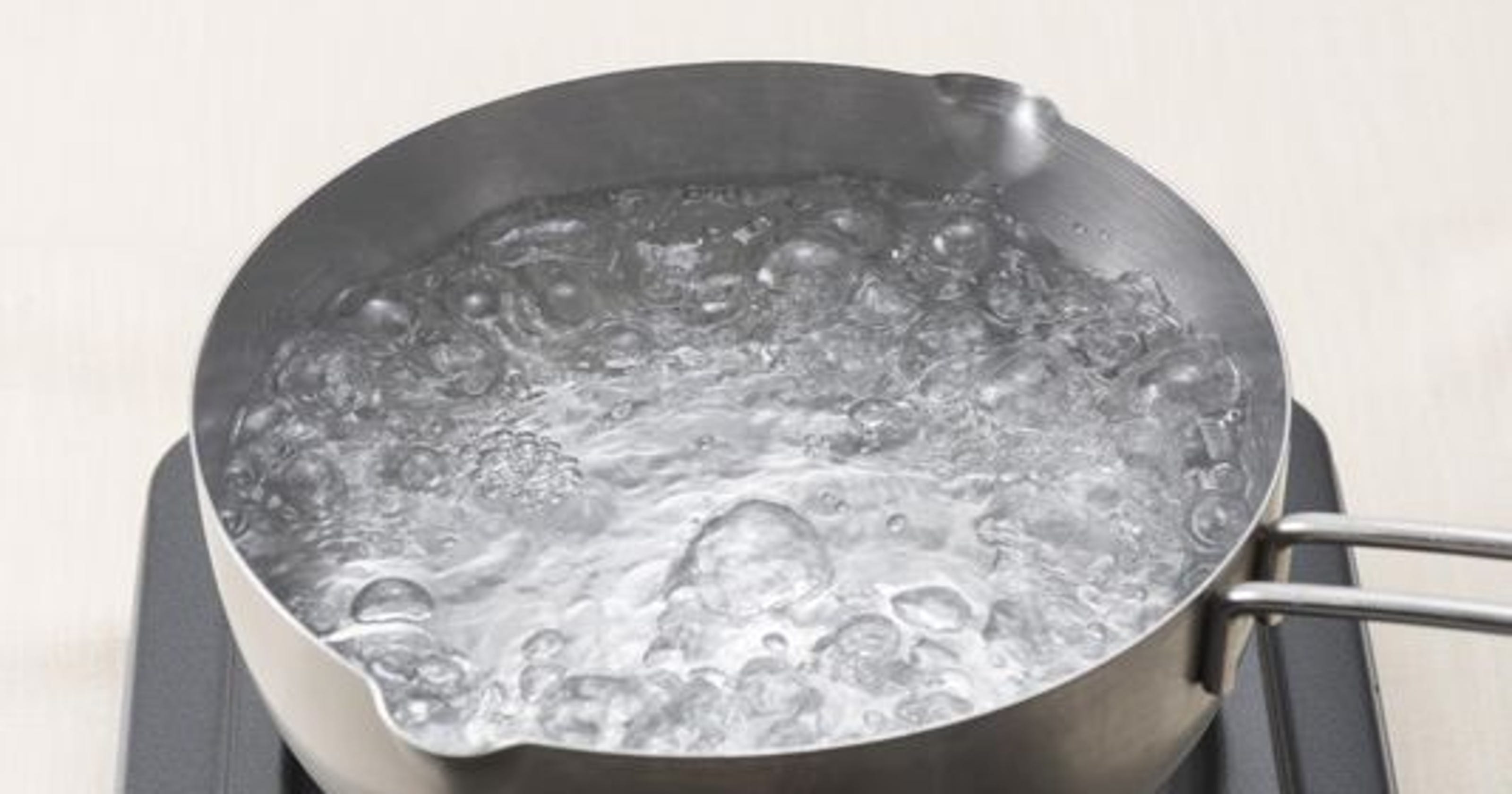
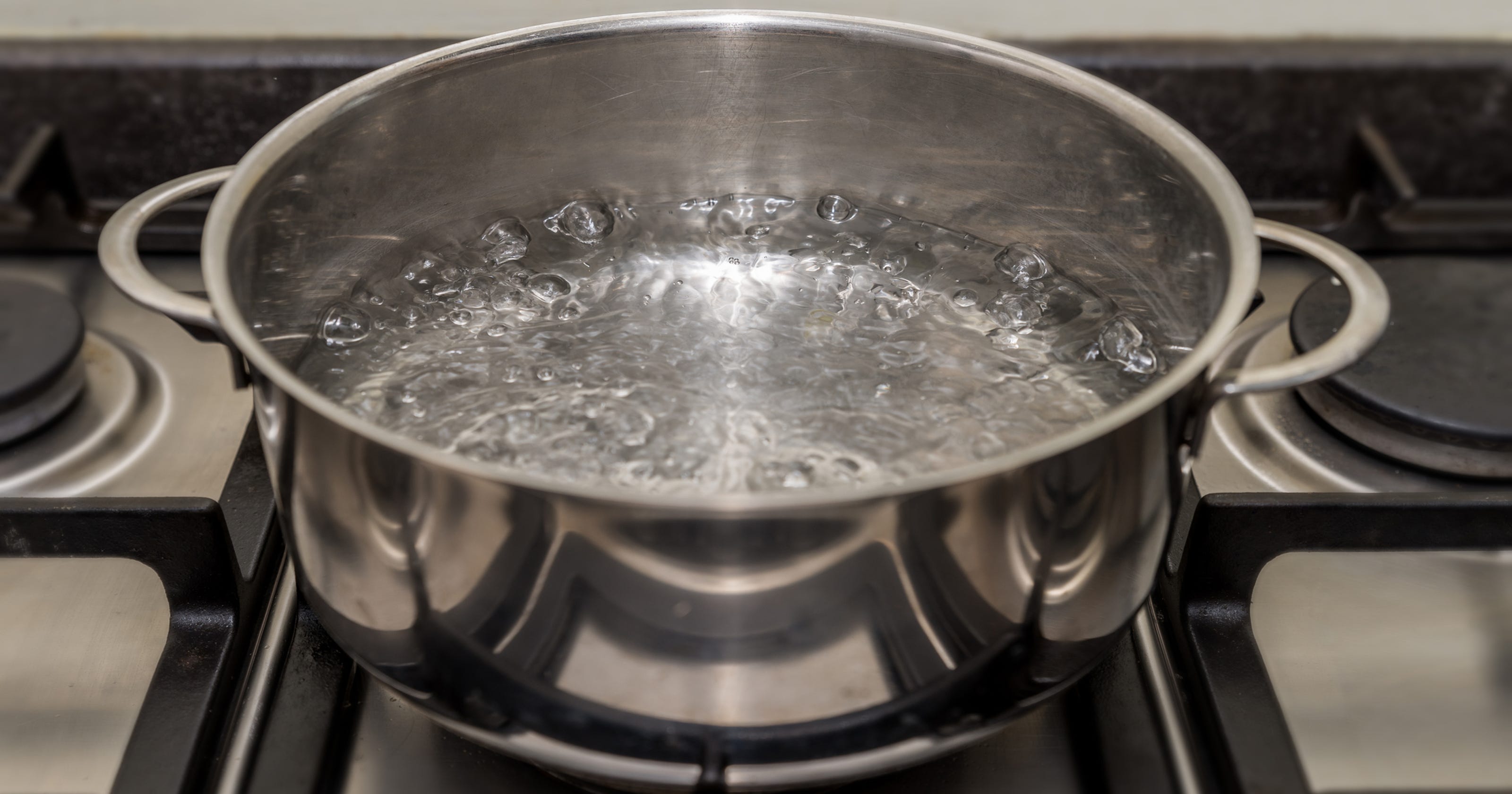
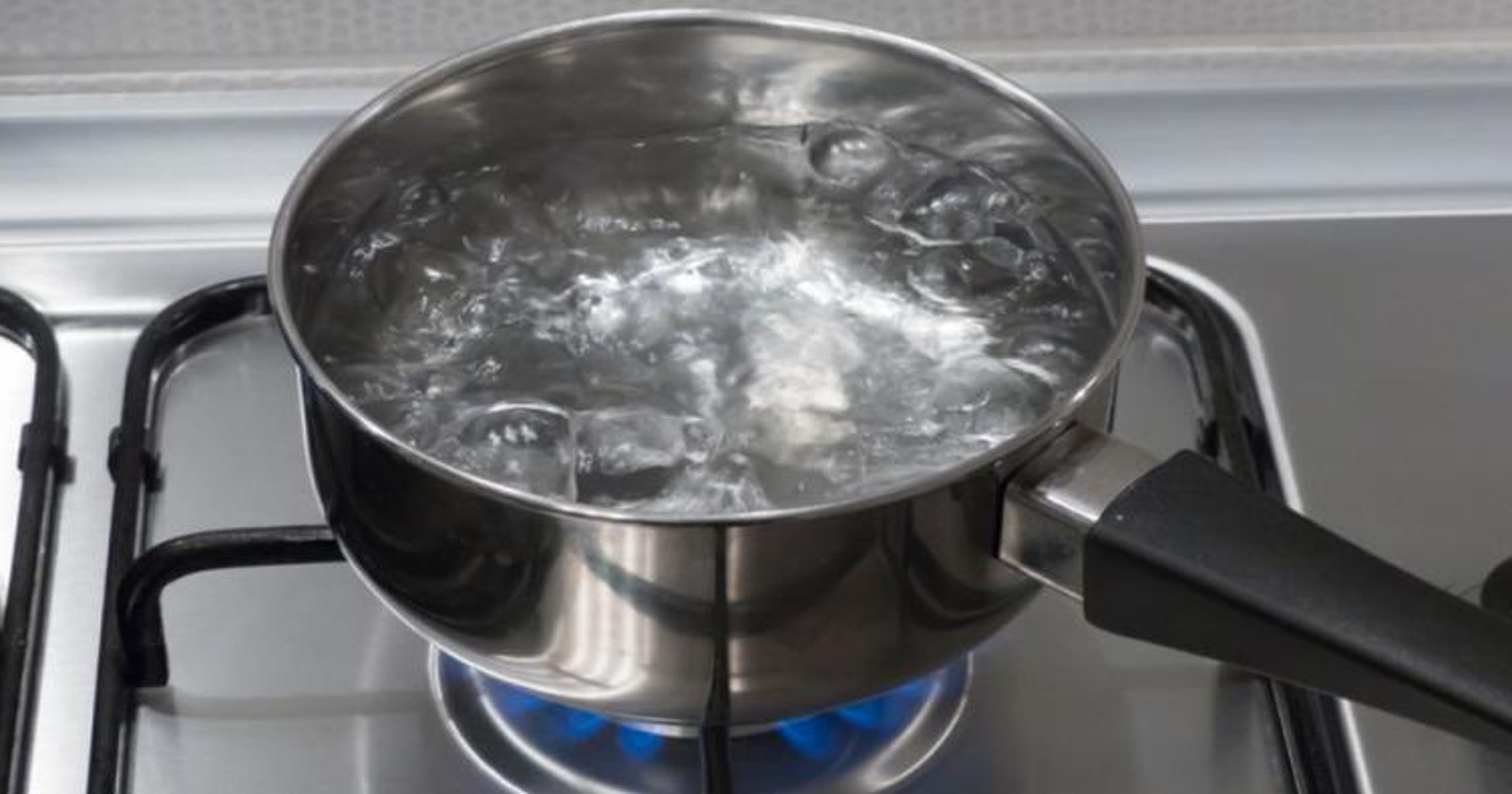


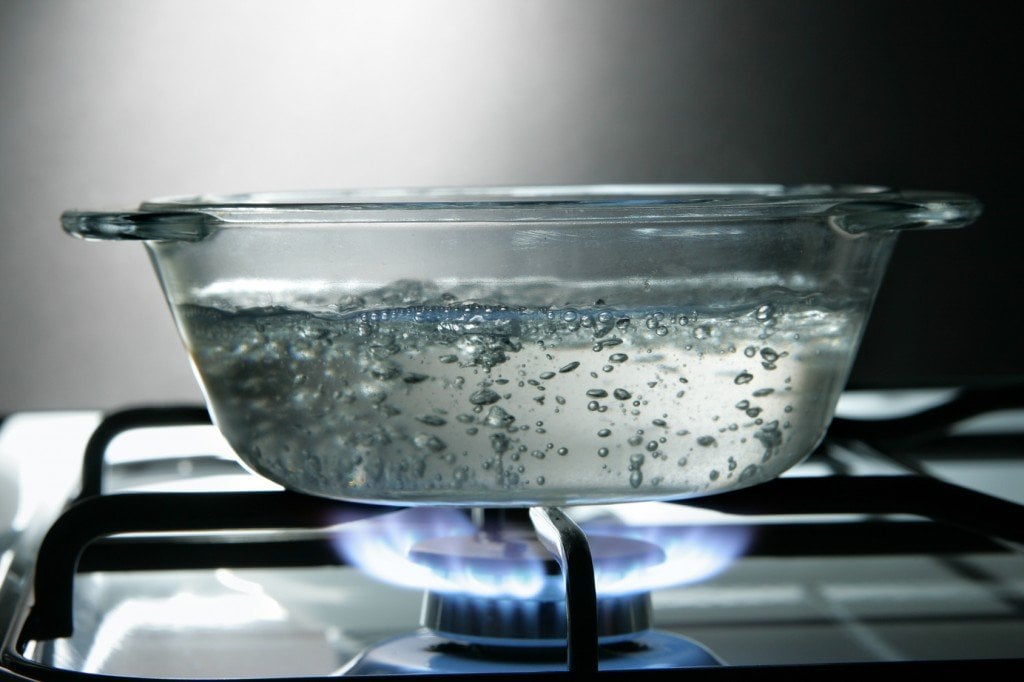
/glass-saucepan-on-a-gas-burner-with-boiling-water-dor961844-57fba8b03df78c690f79f7c6.jpg)
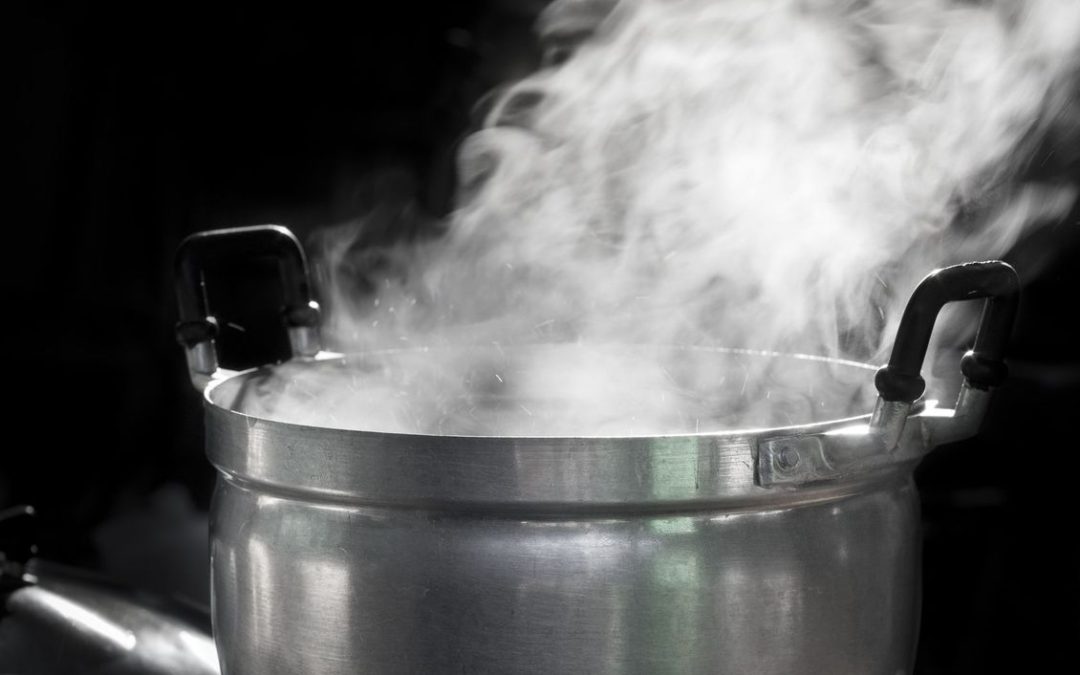
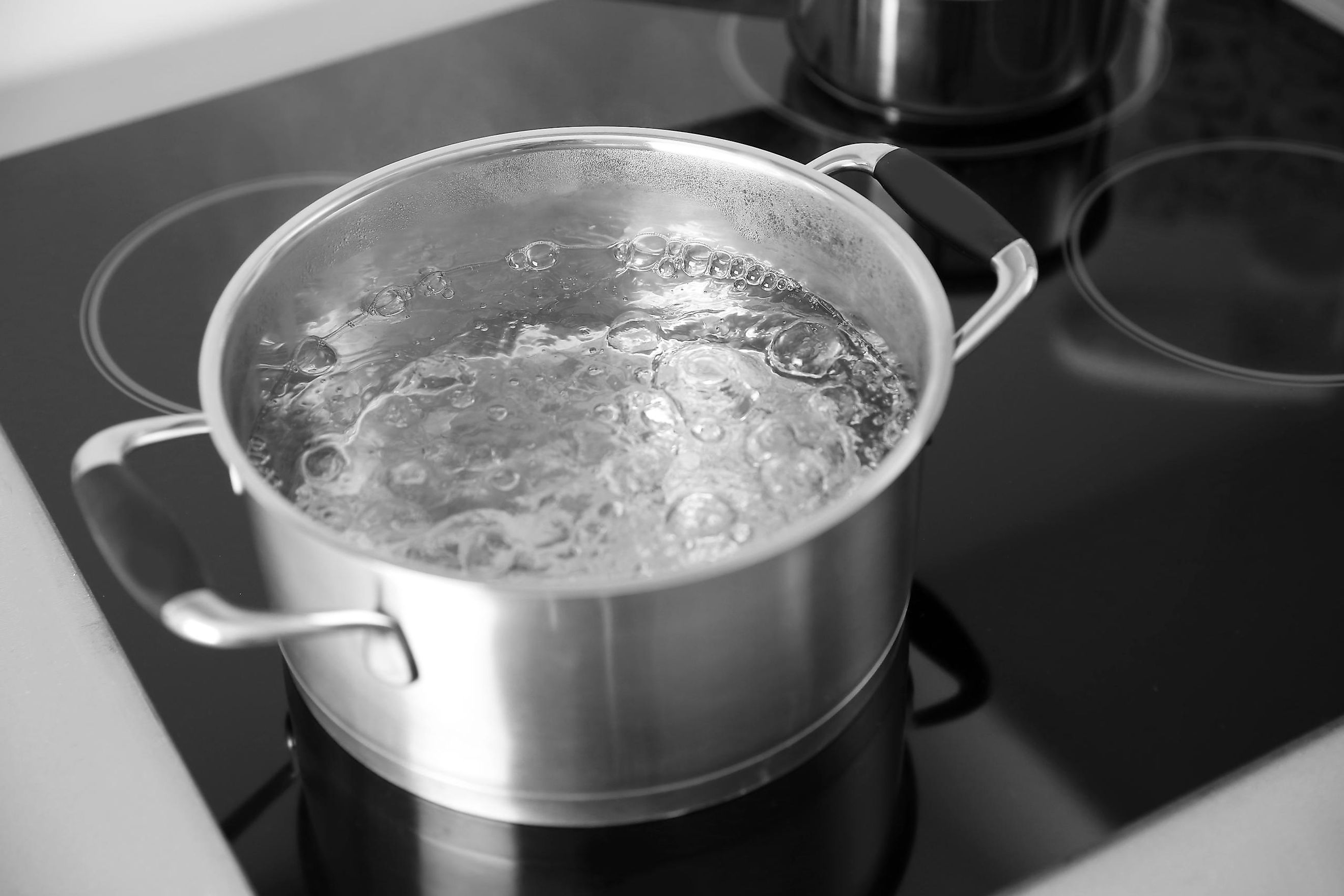




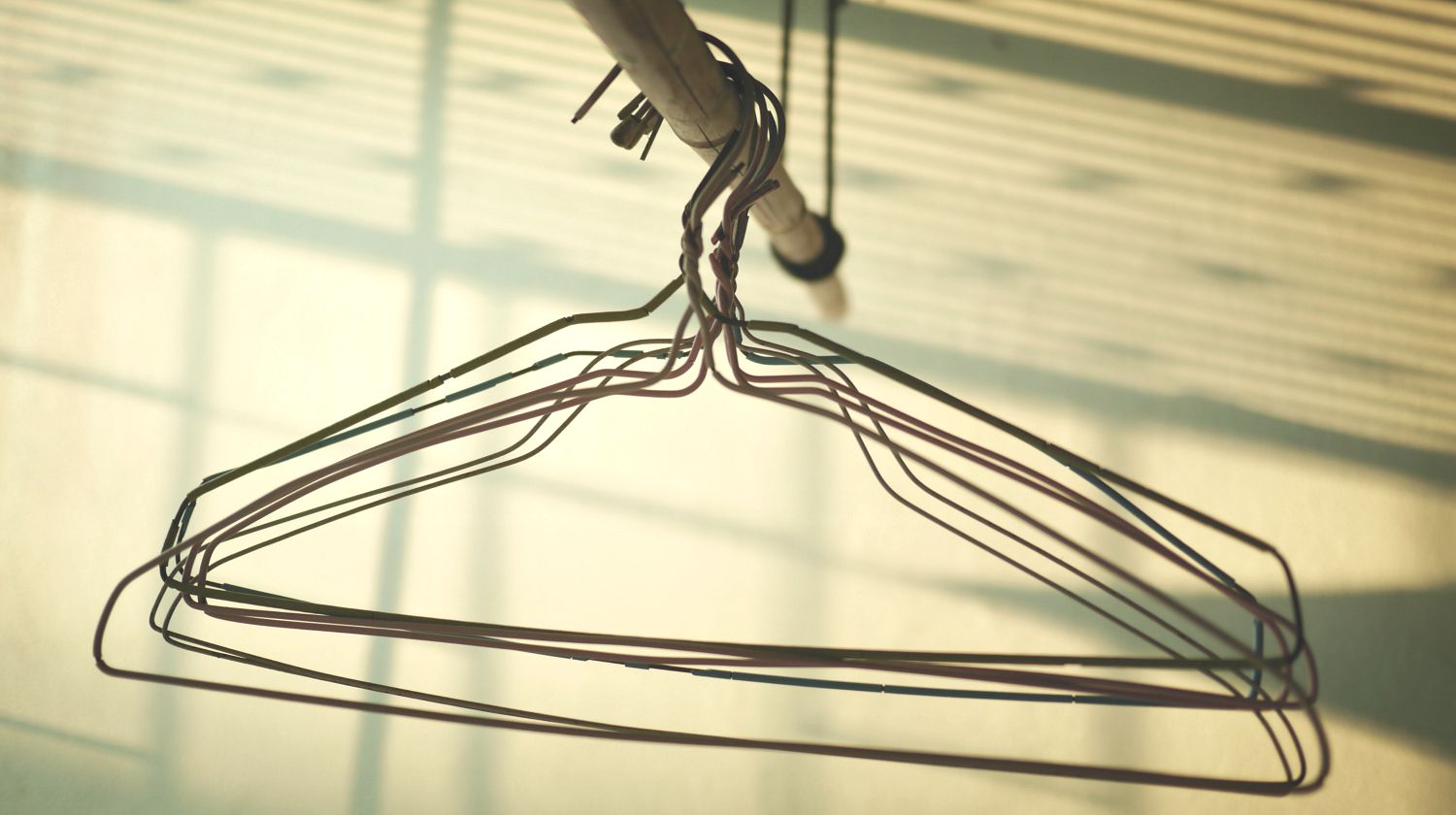

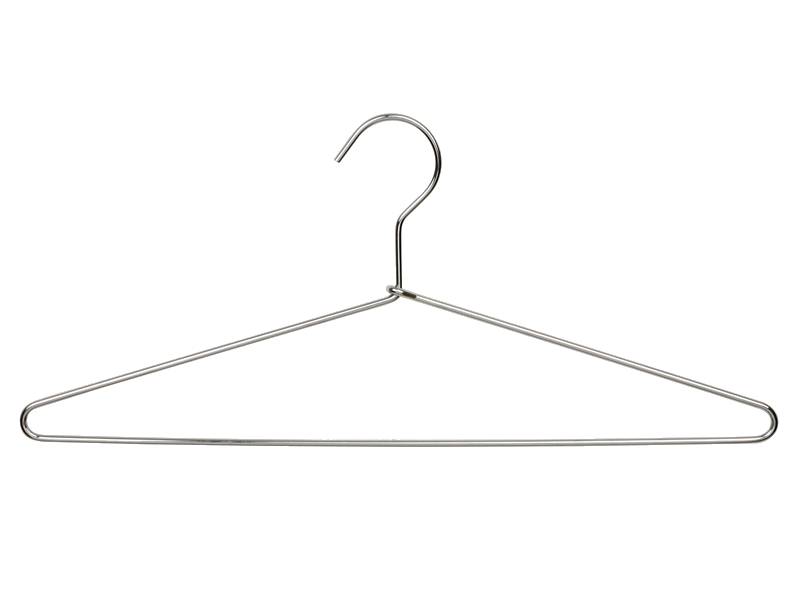


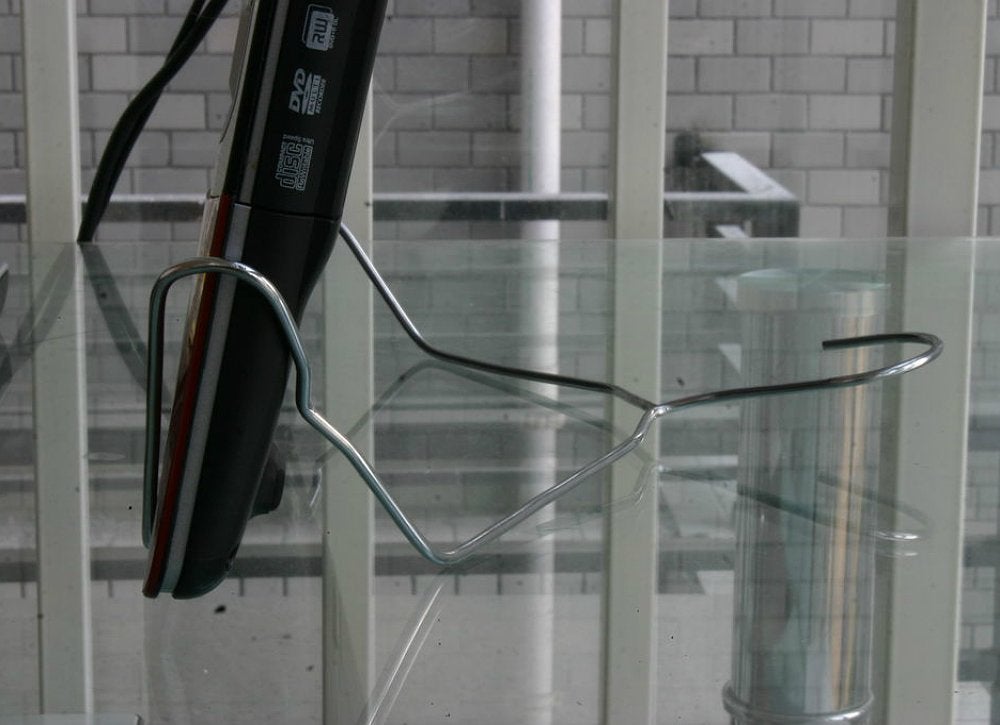




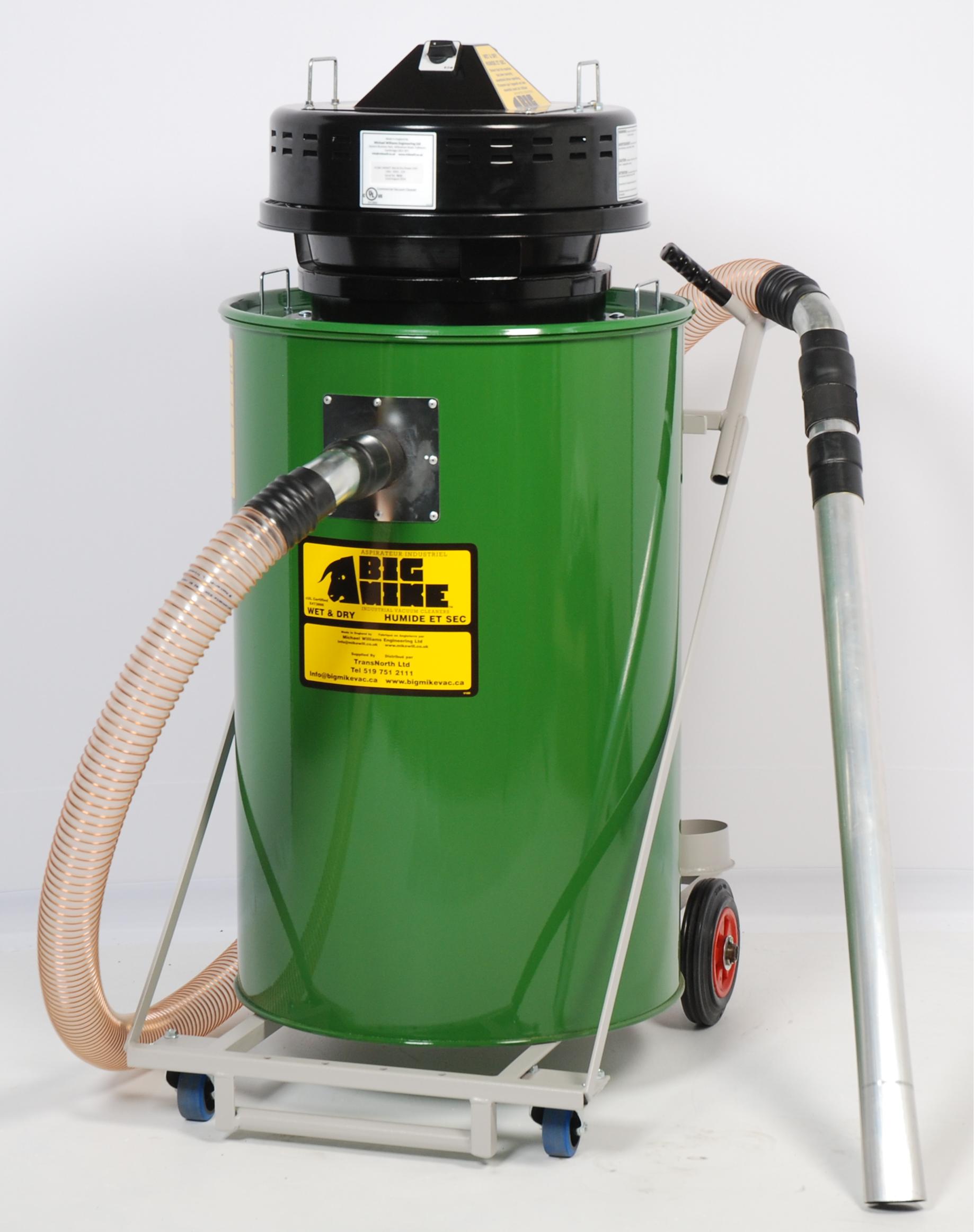
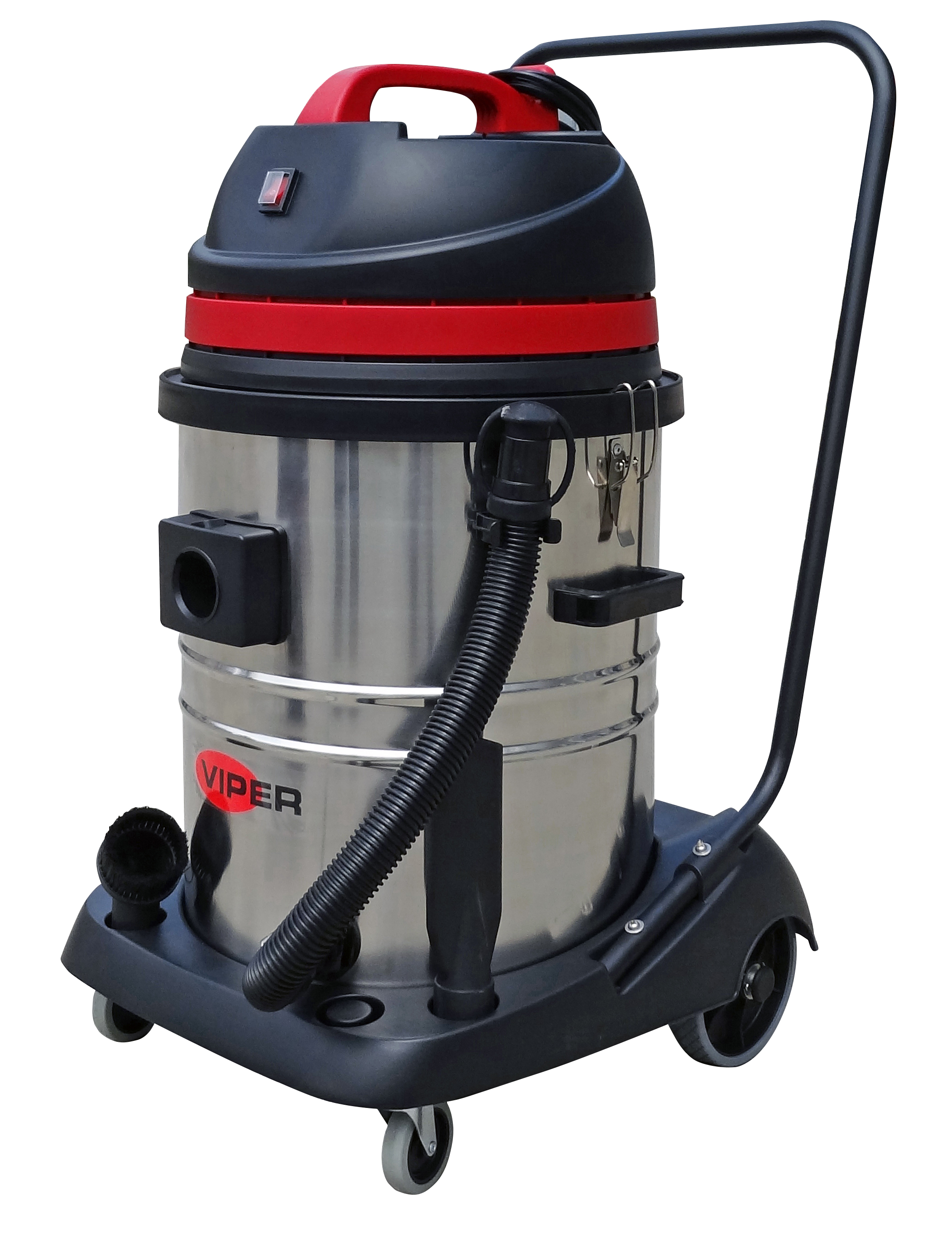




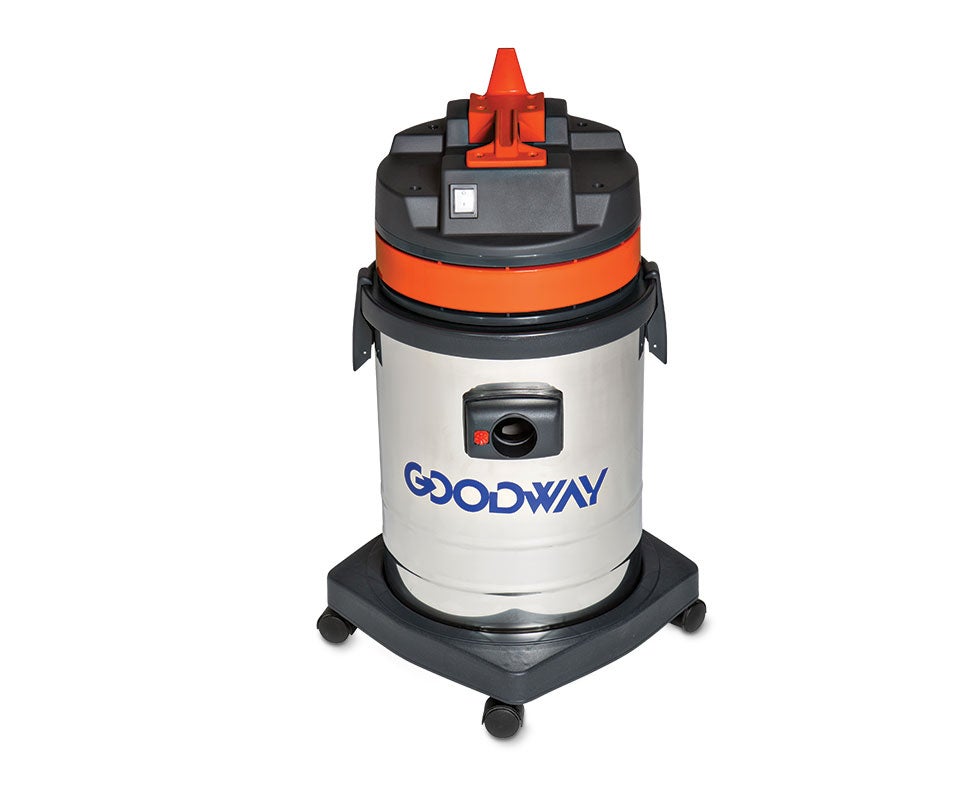






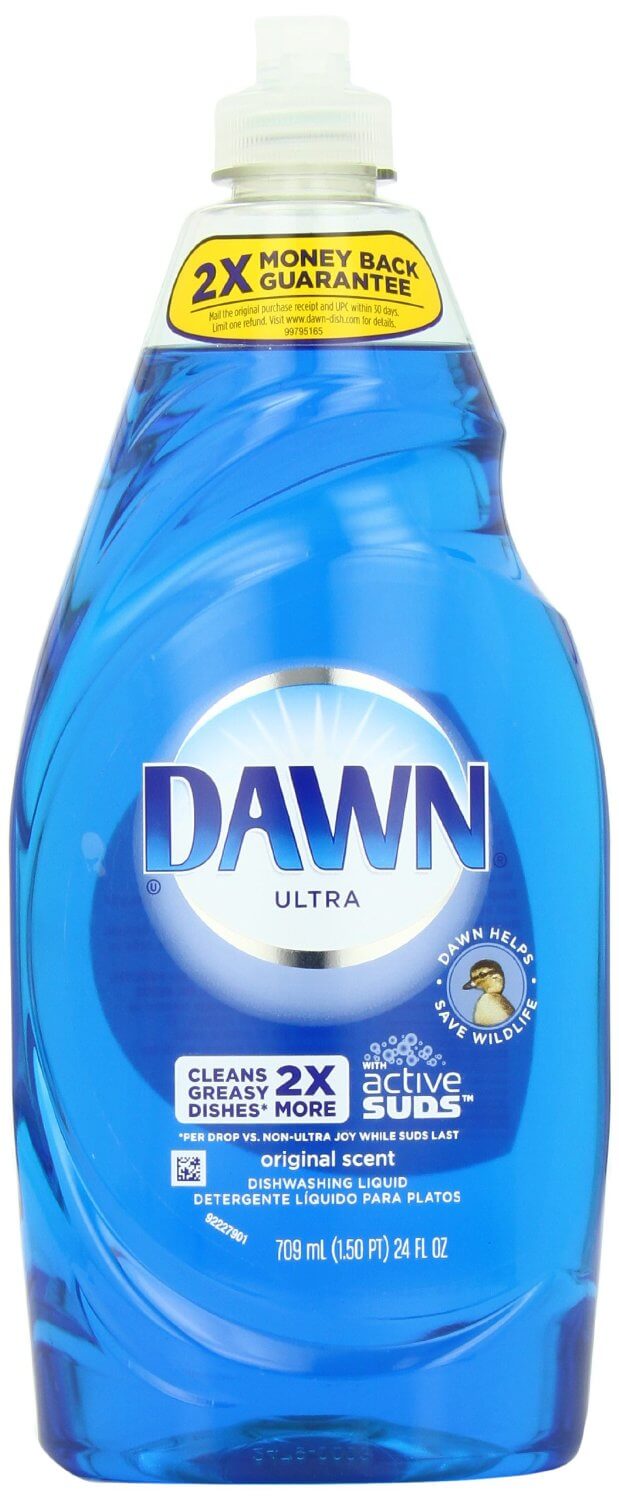
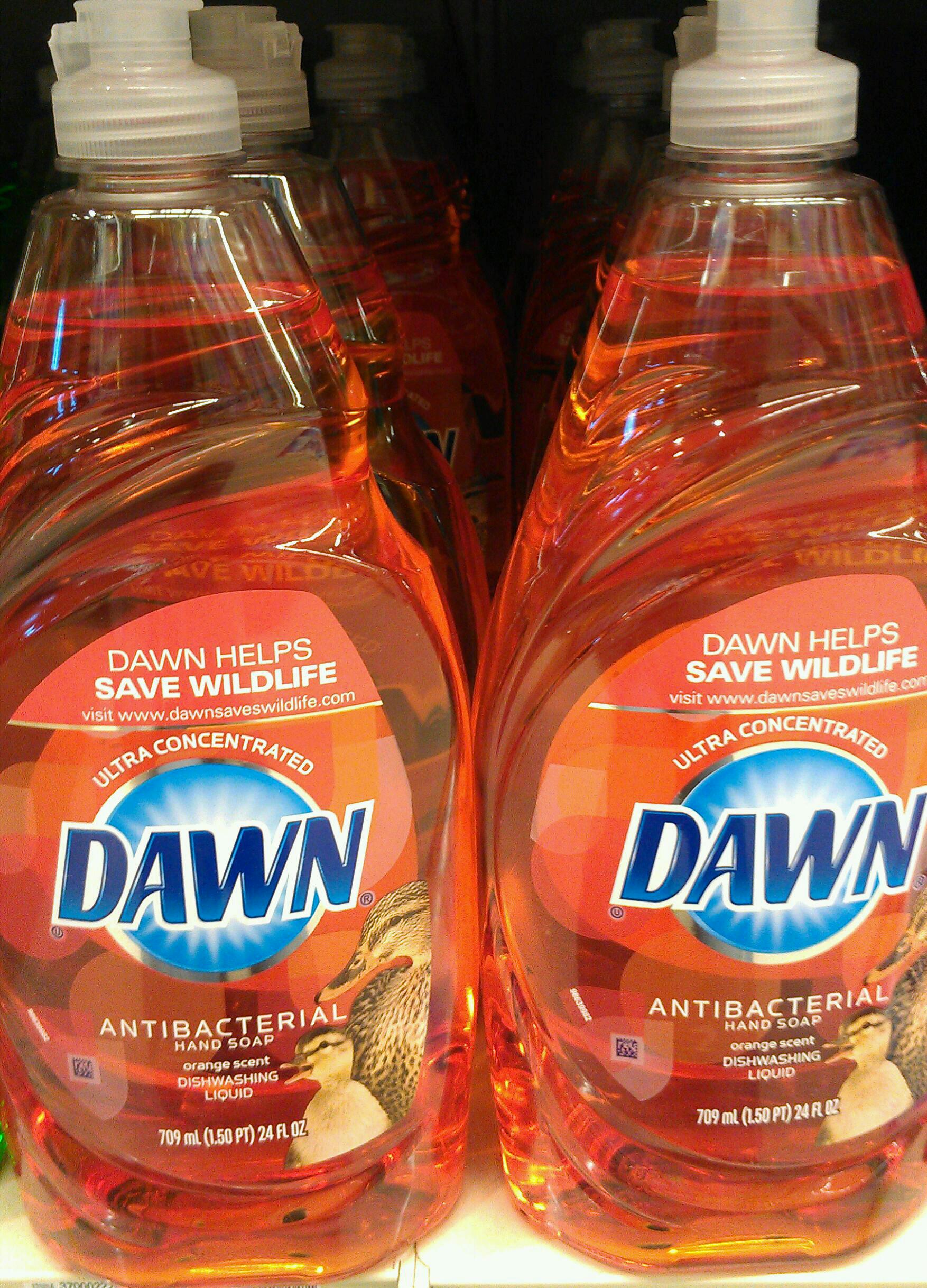



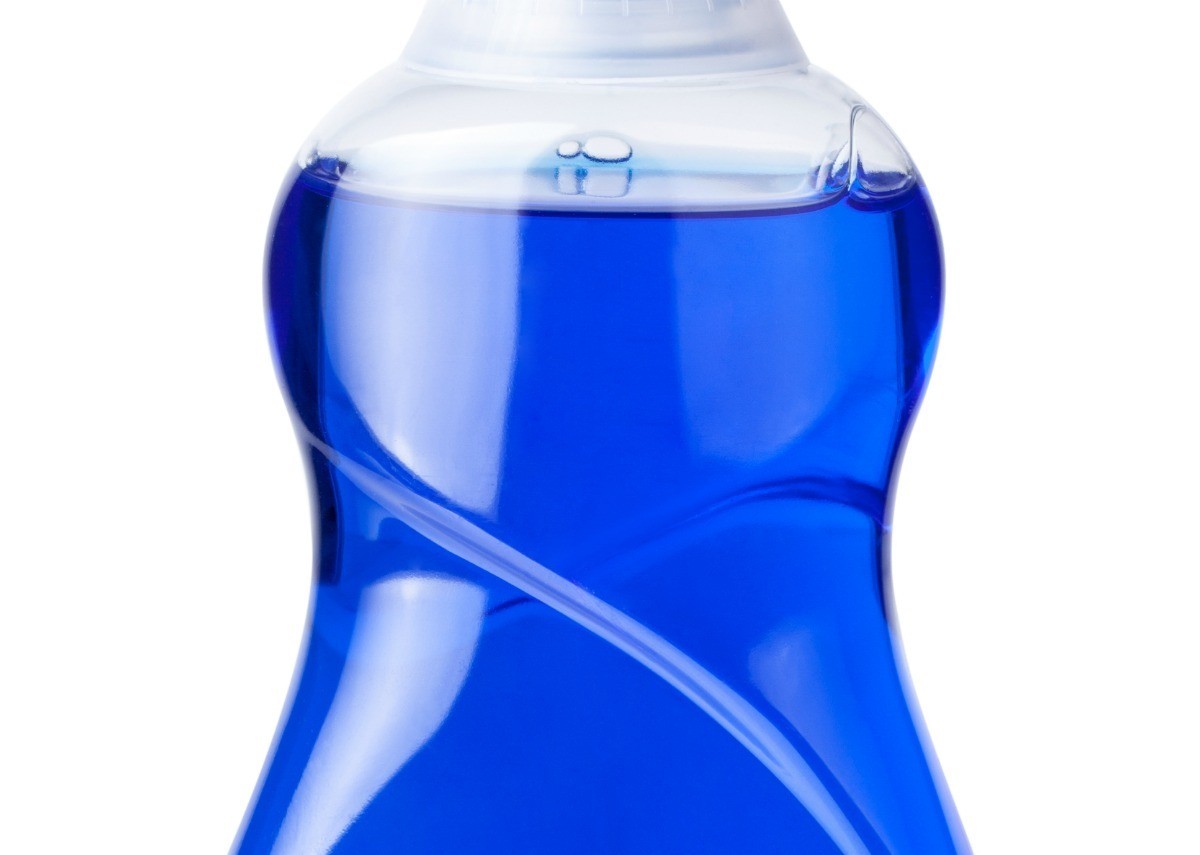

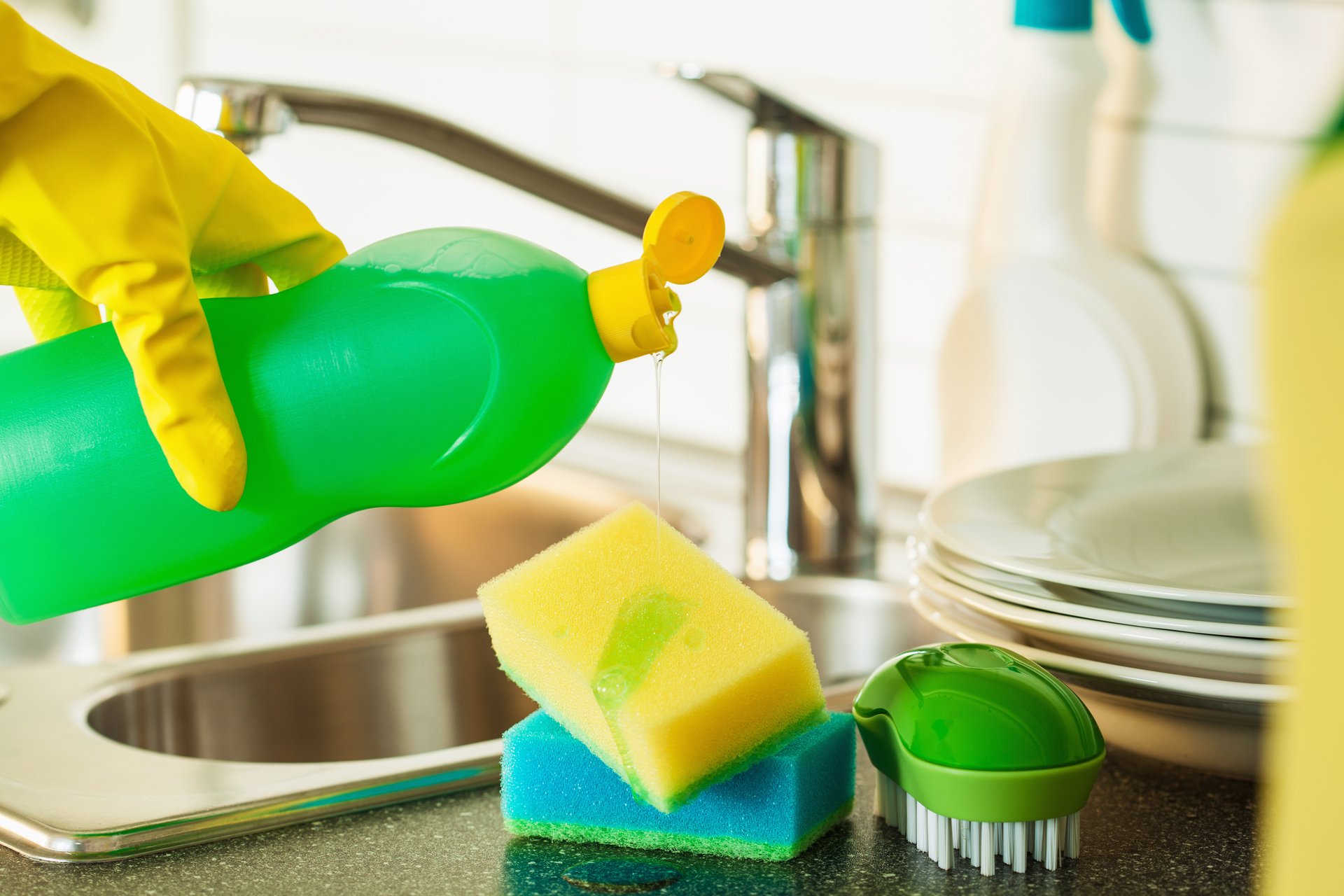

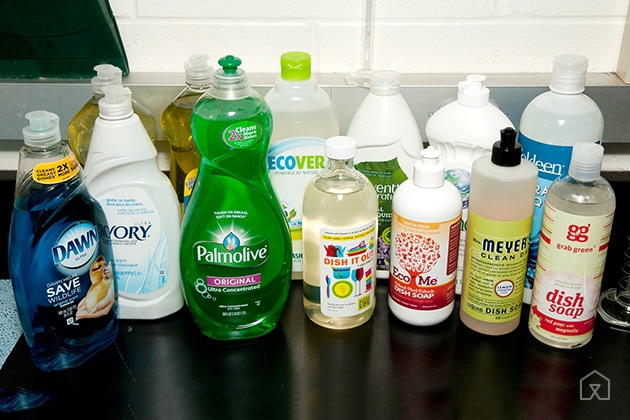
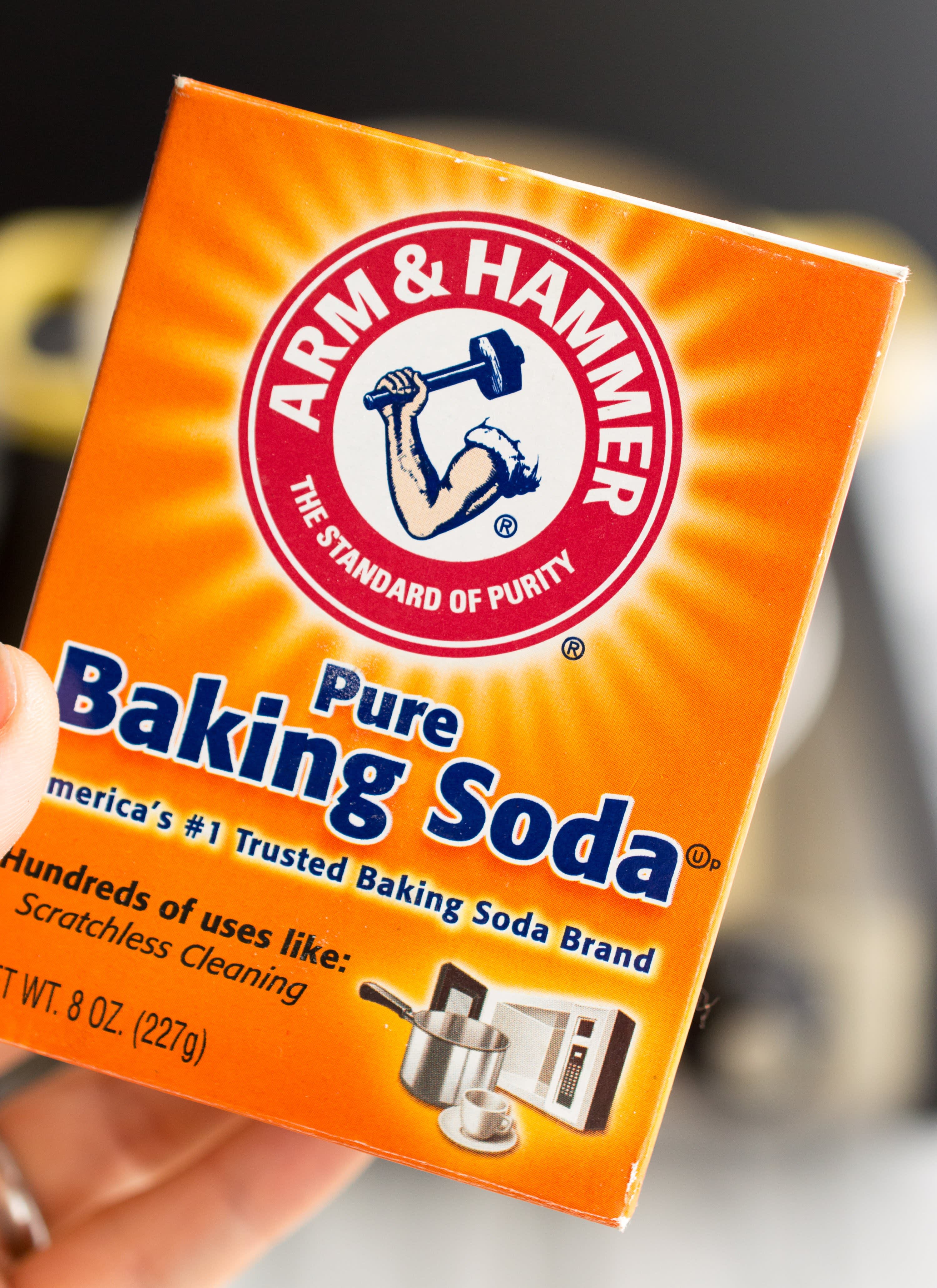







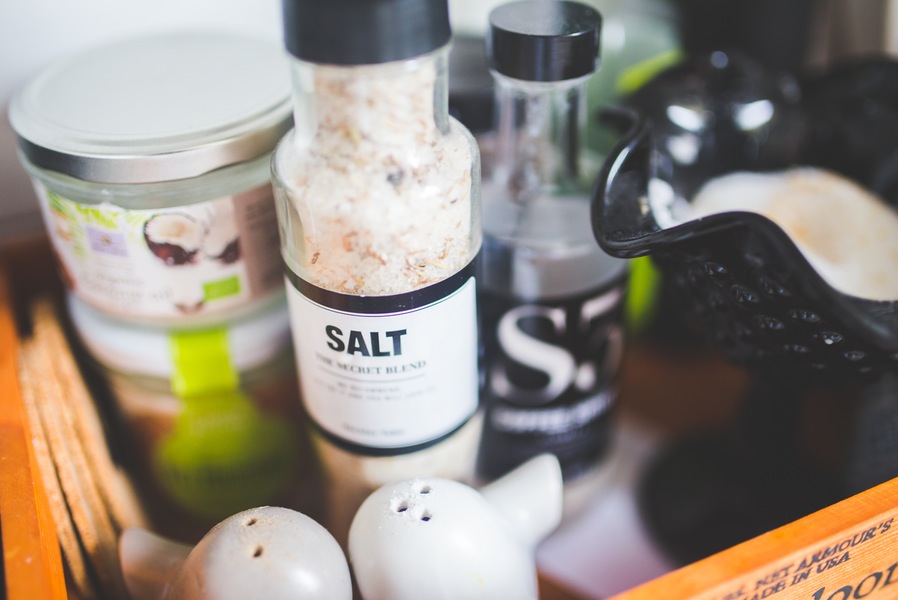



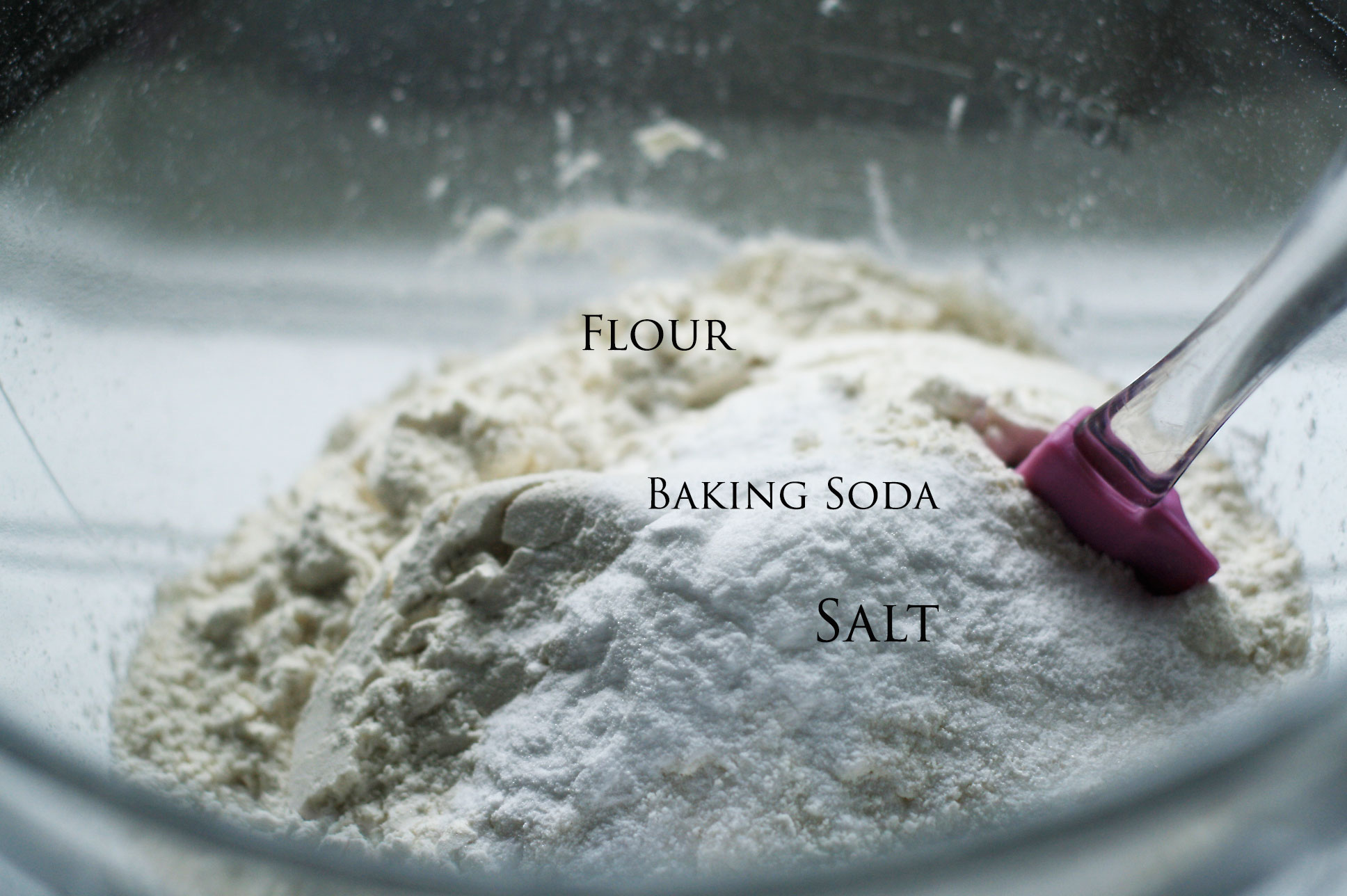
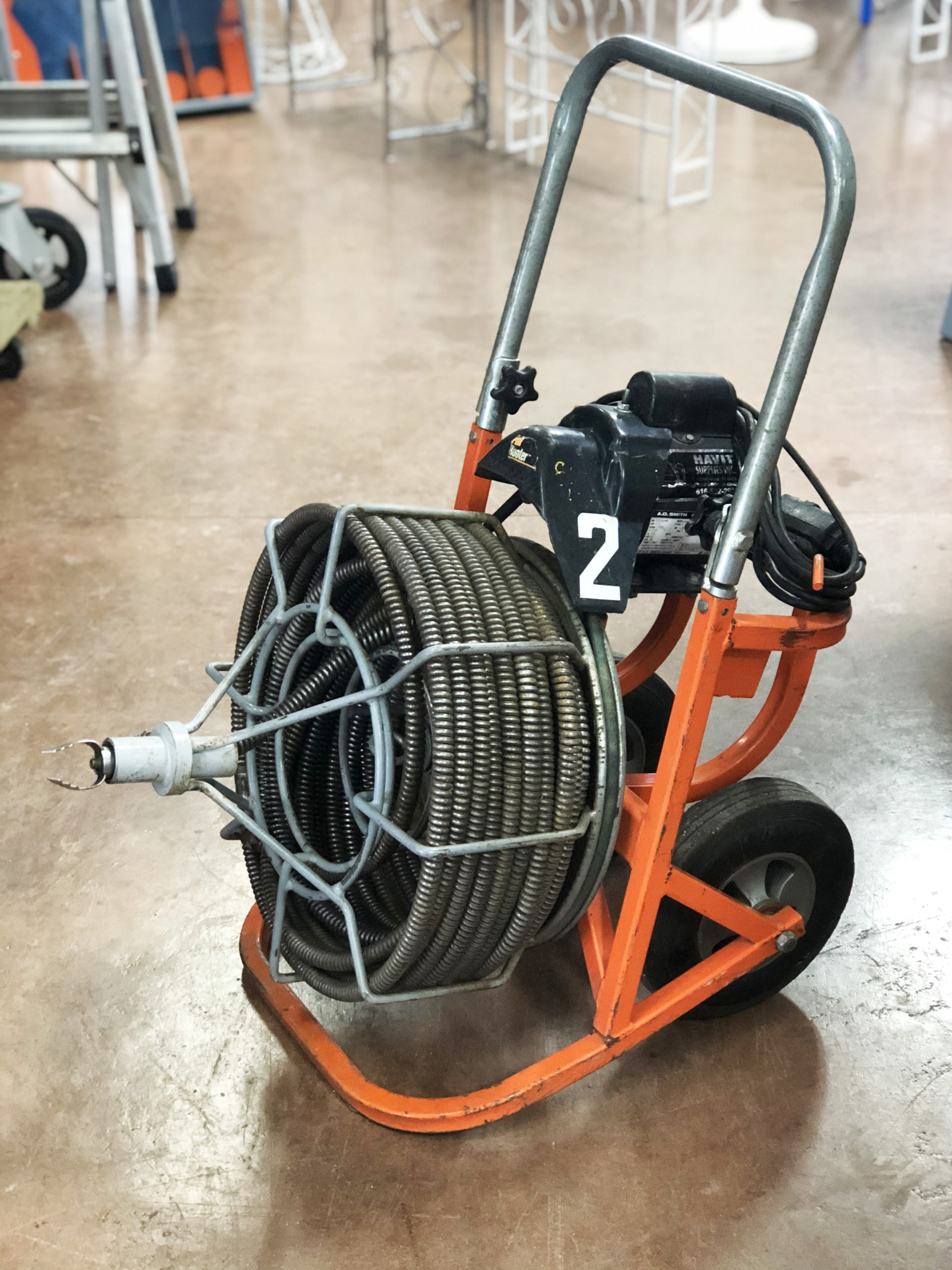
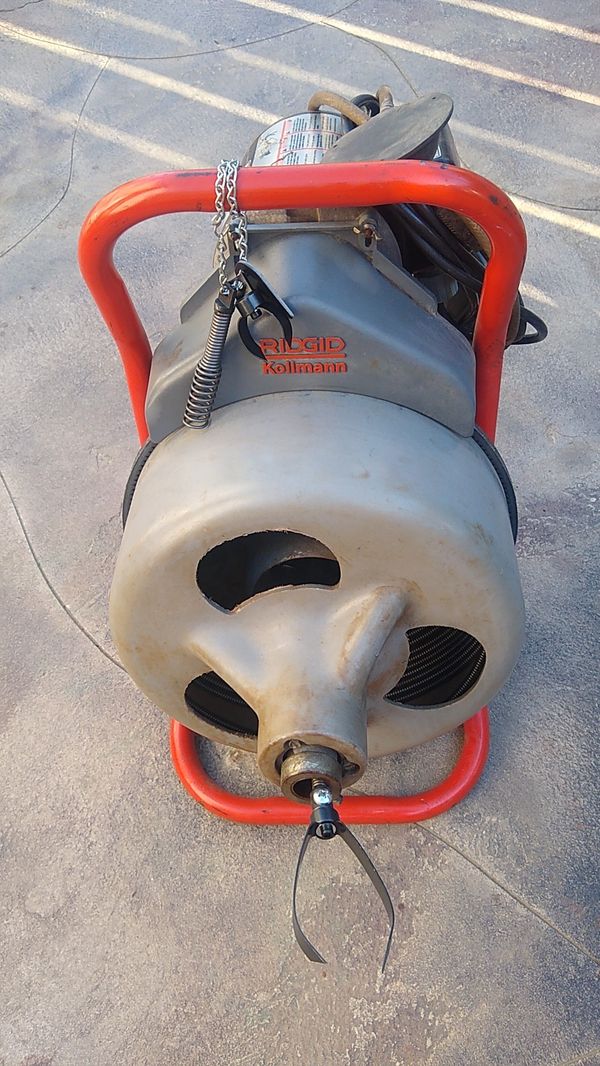
/pulling-hair-from-a-drain-182861550-5797d2d43df78ceb86a46b8e.jpg)



